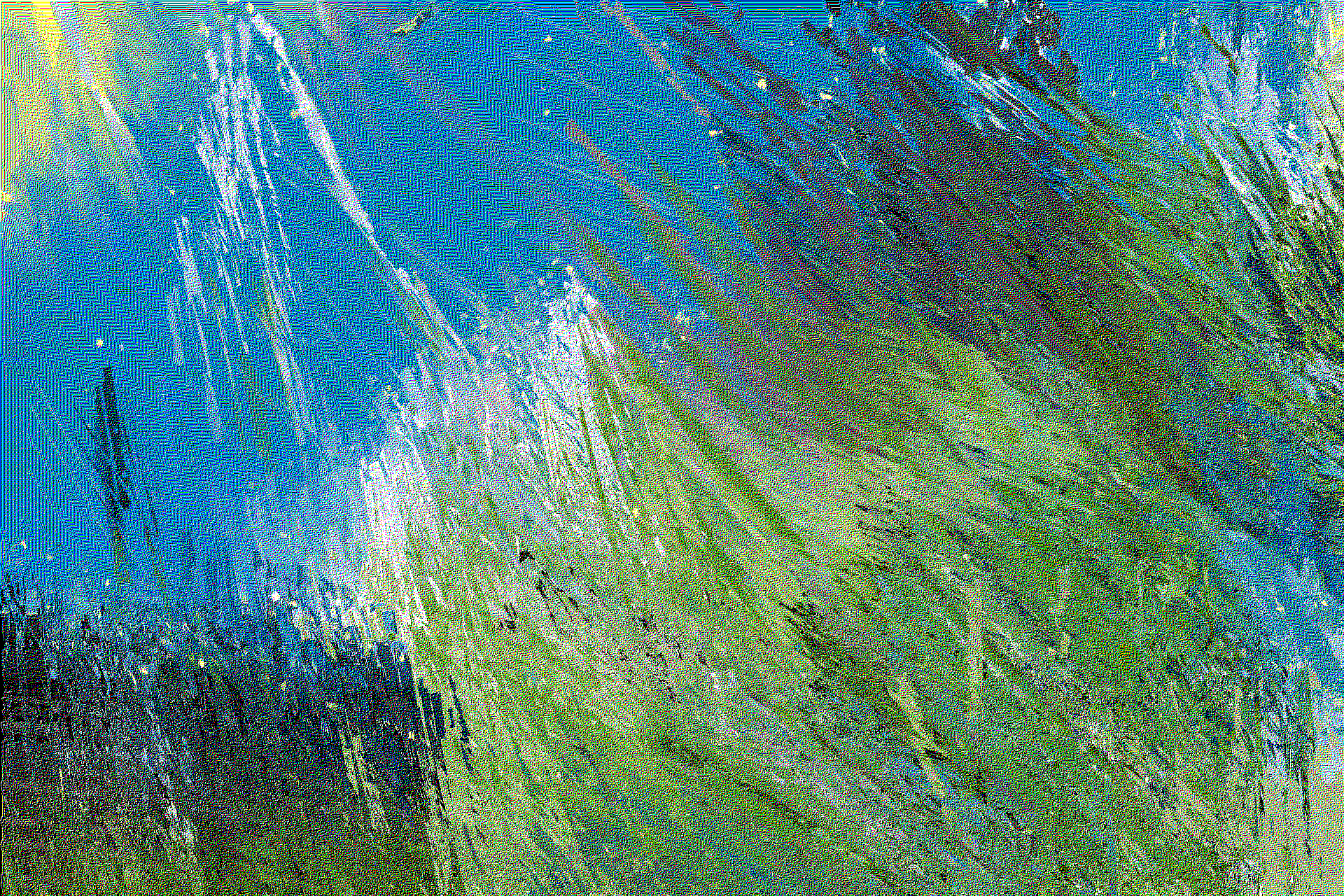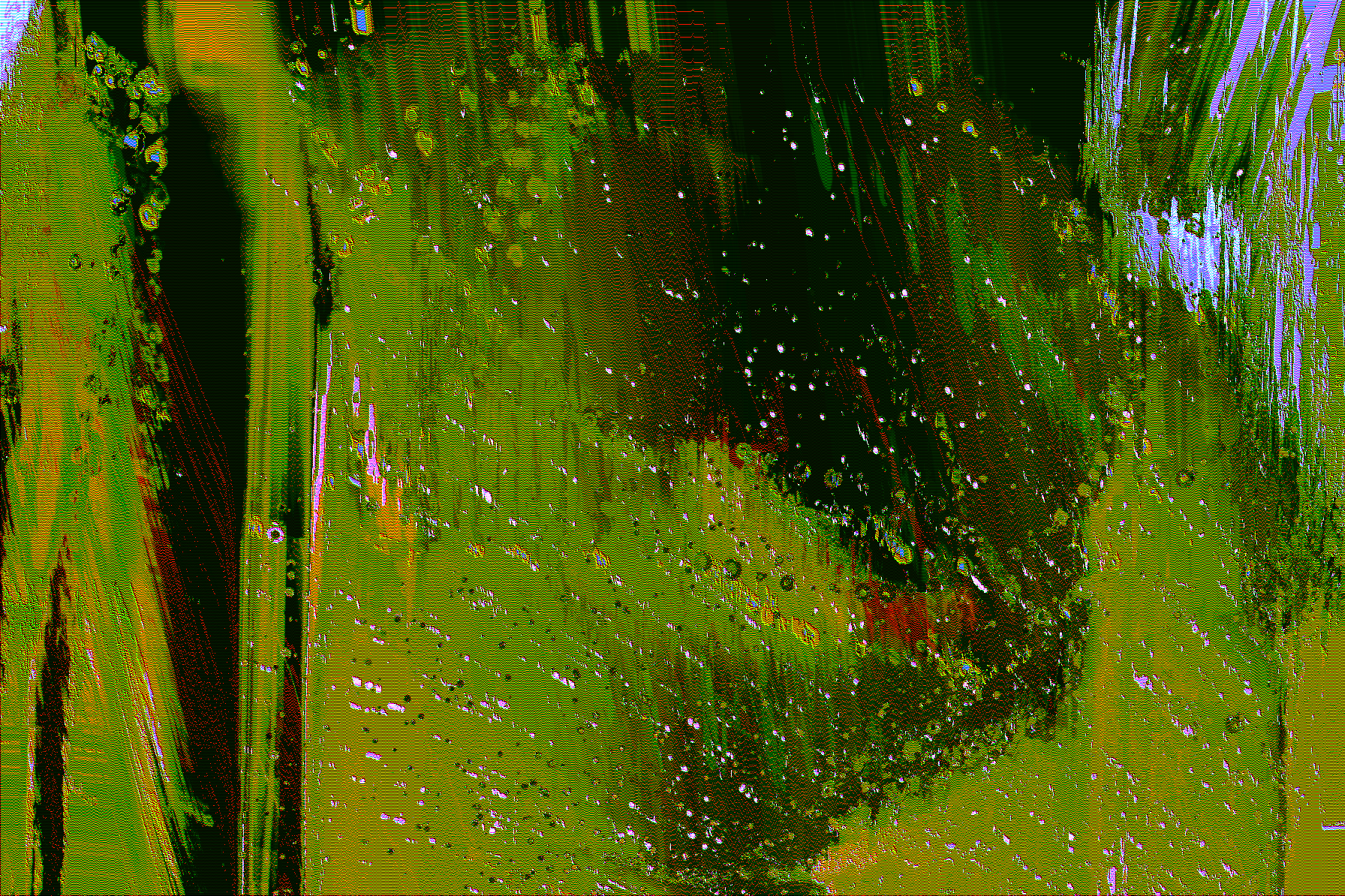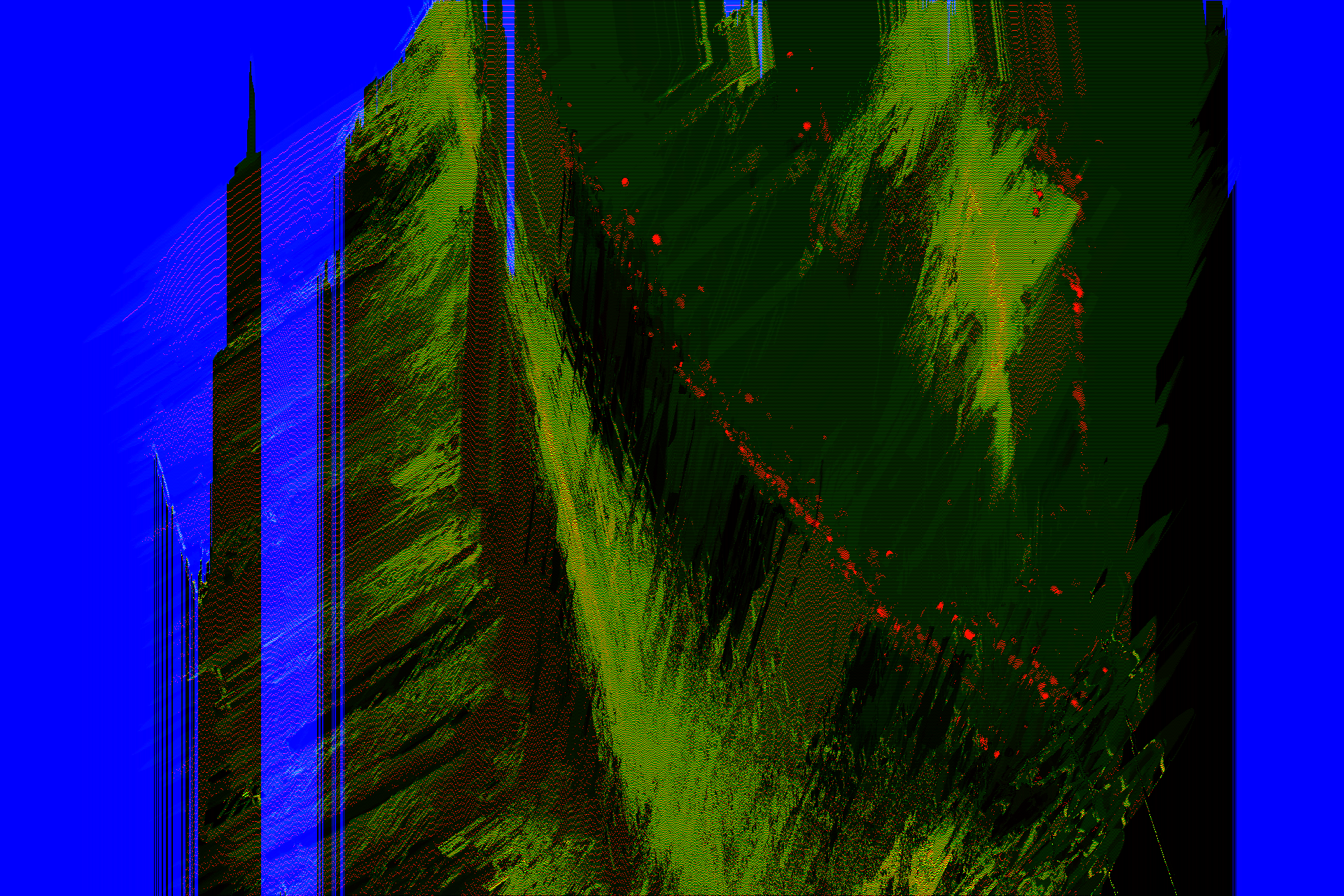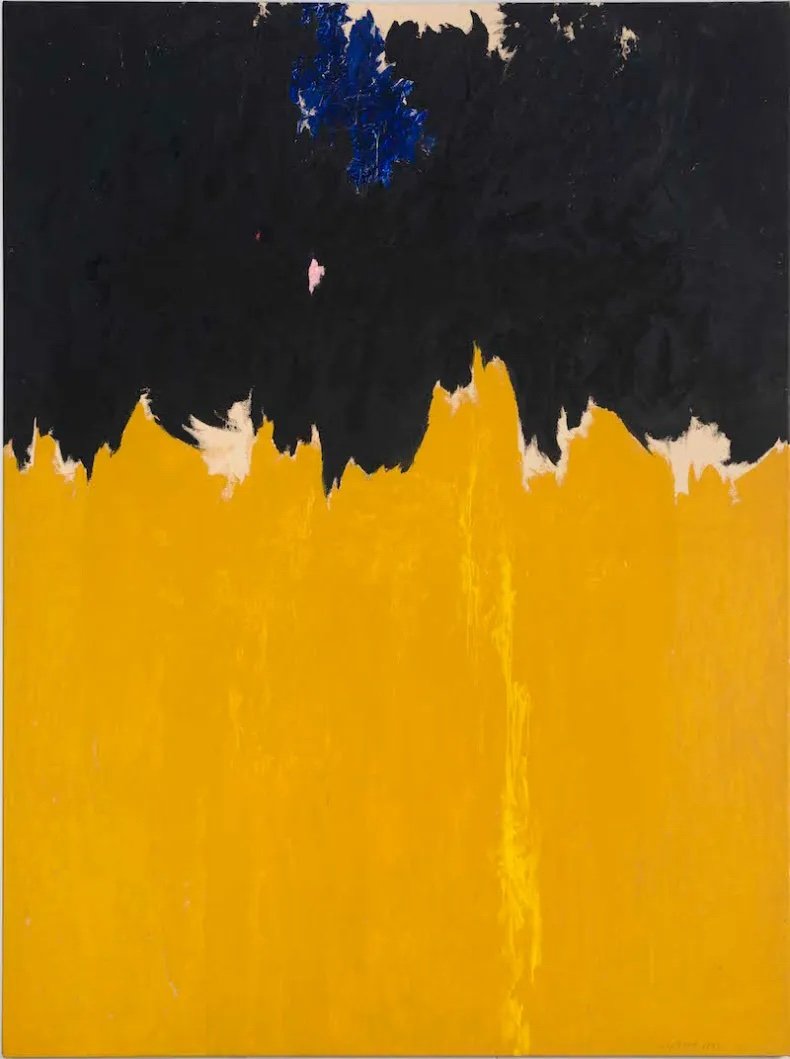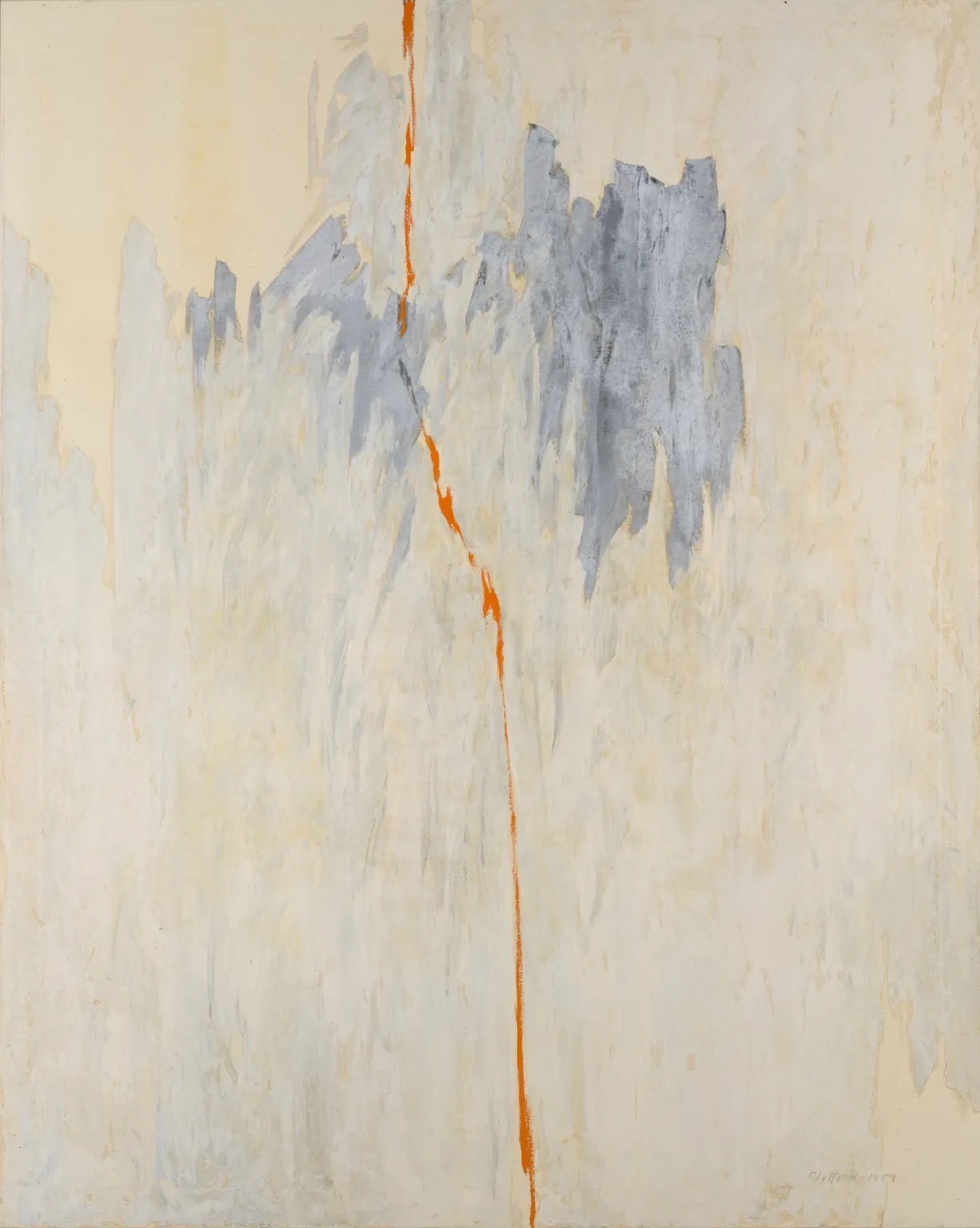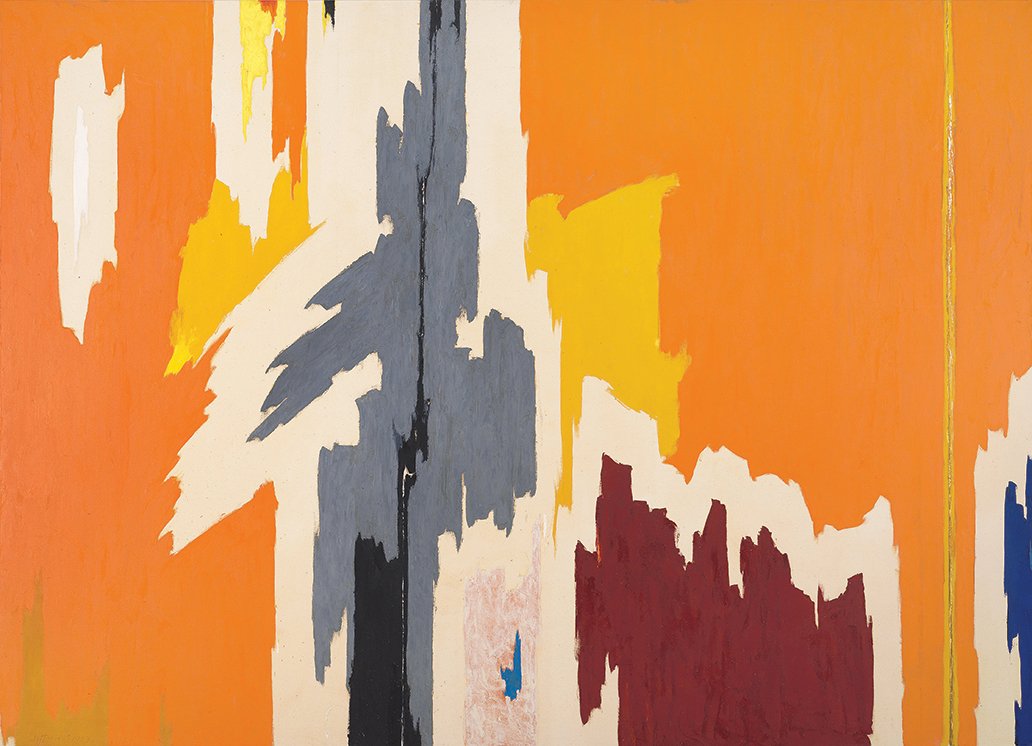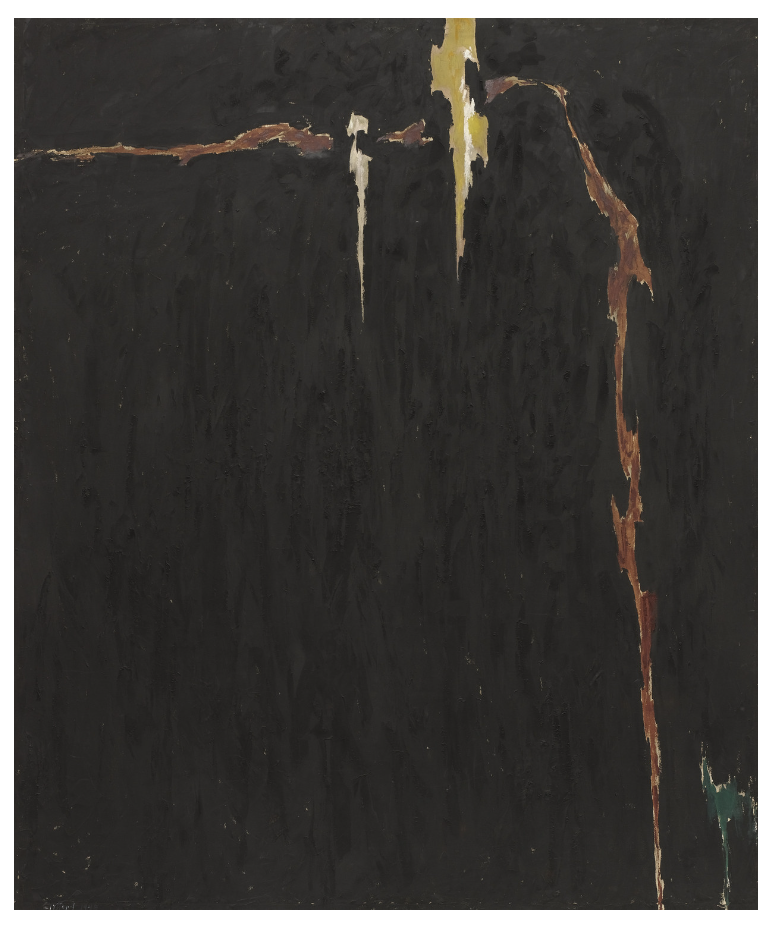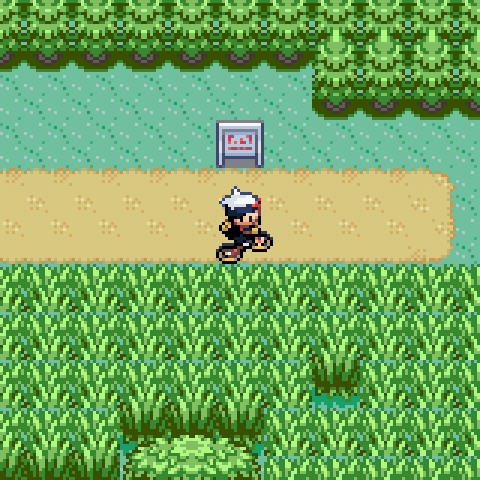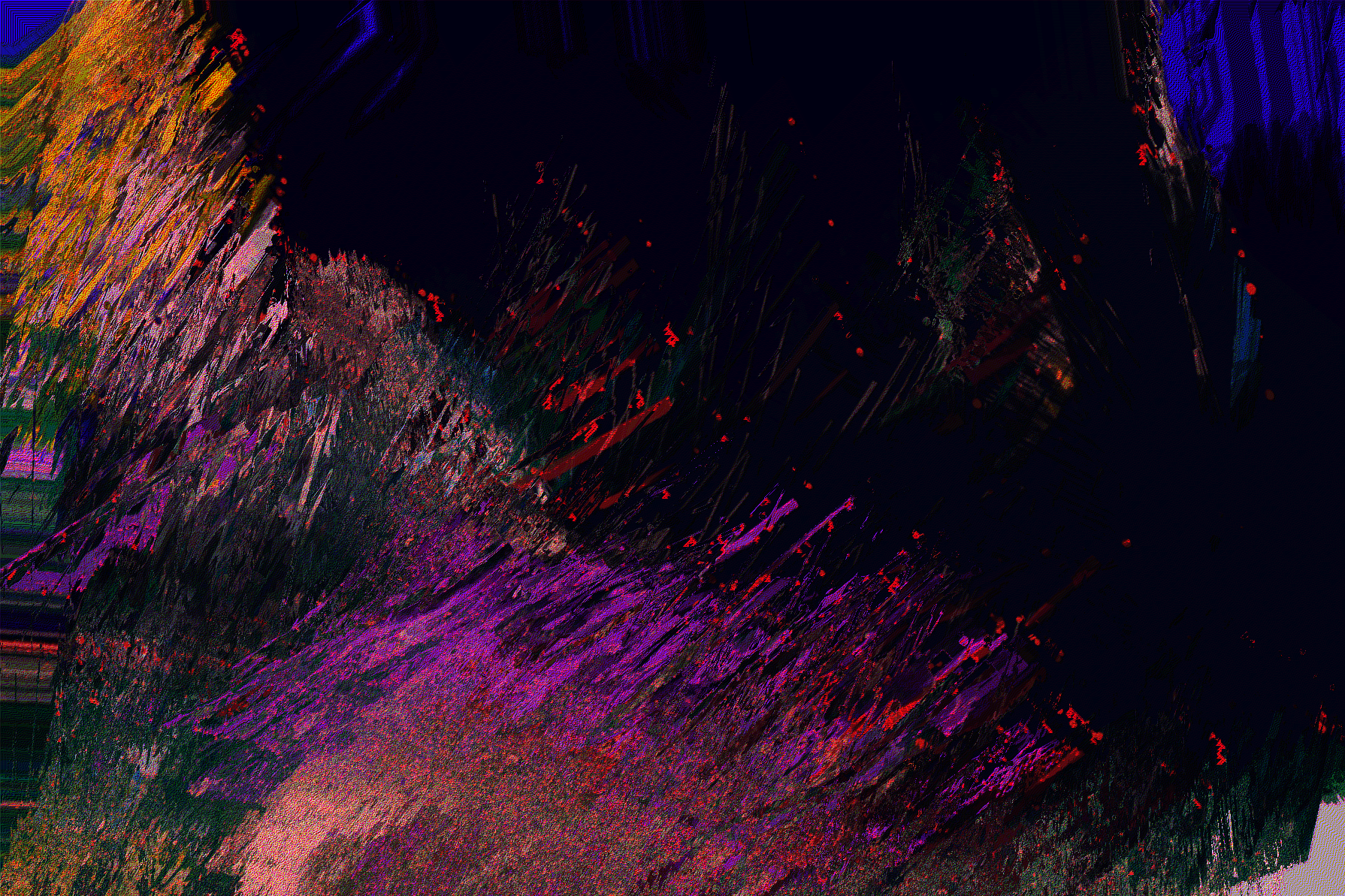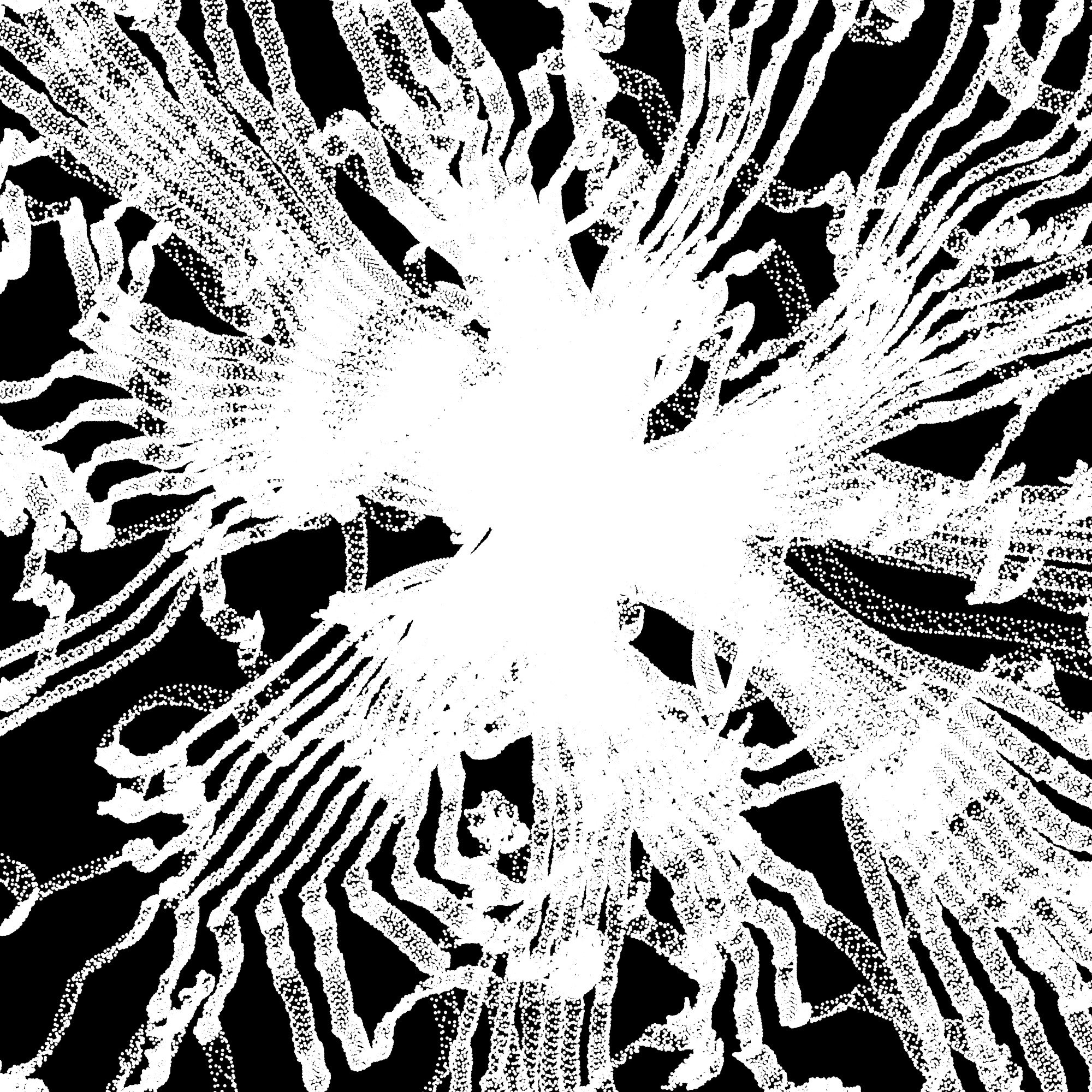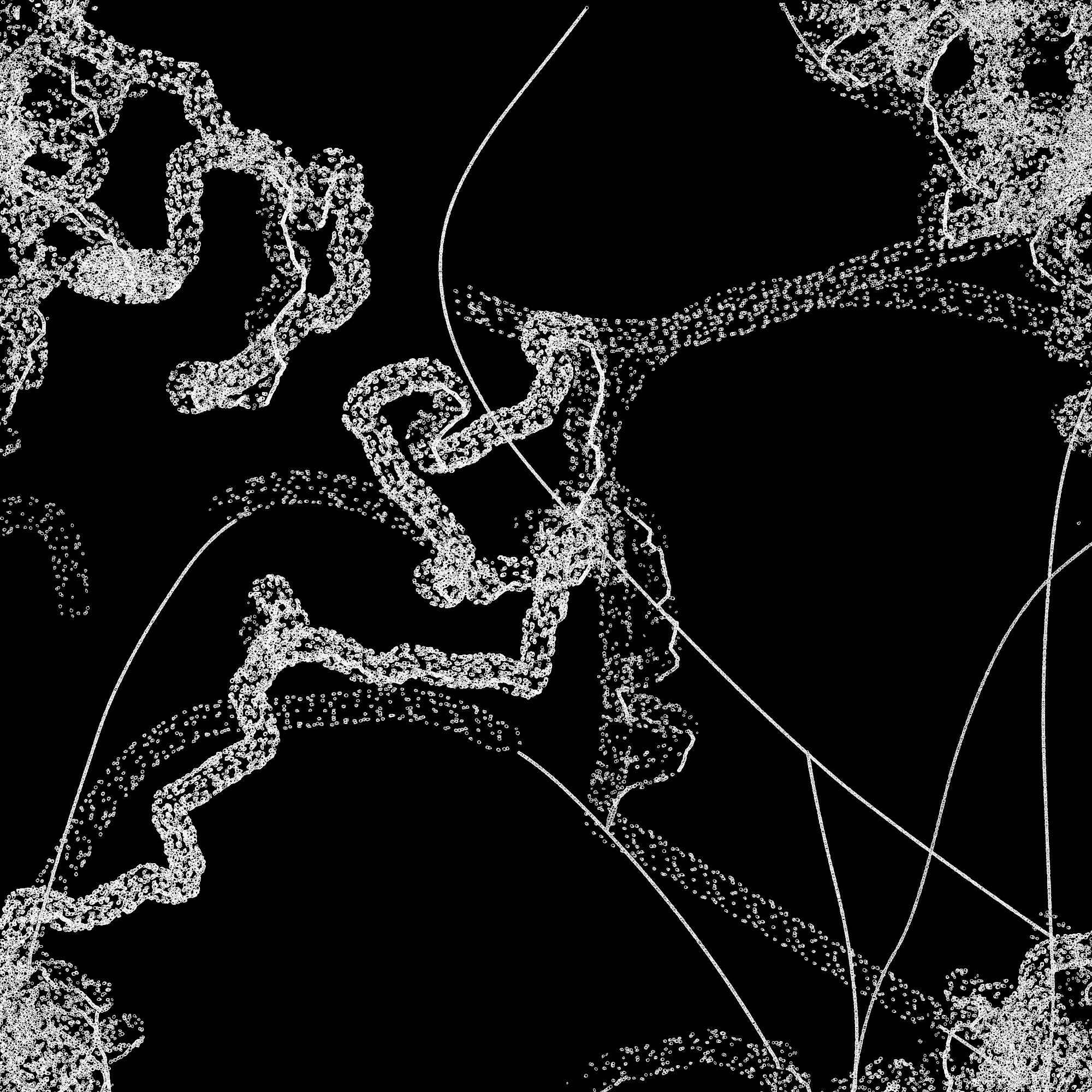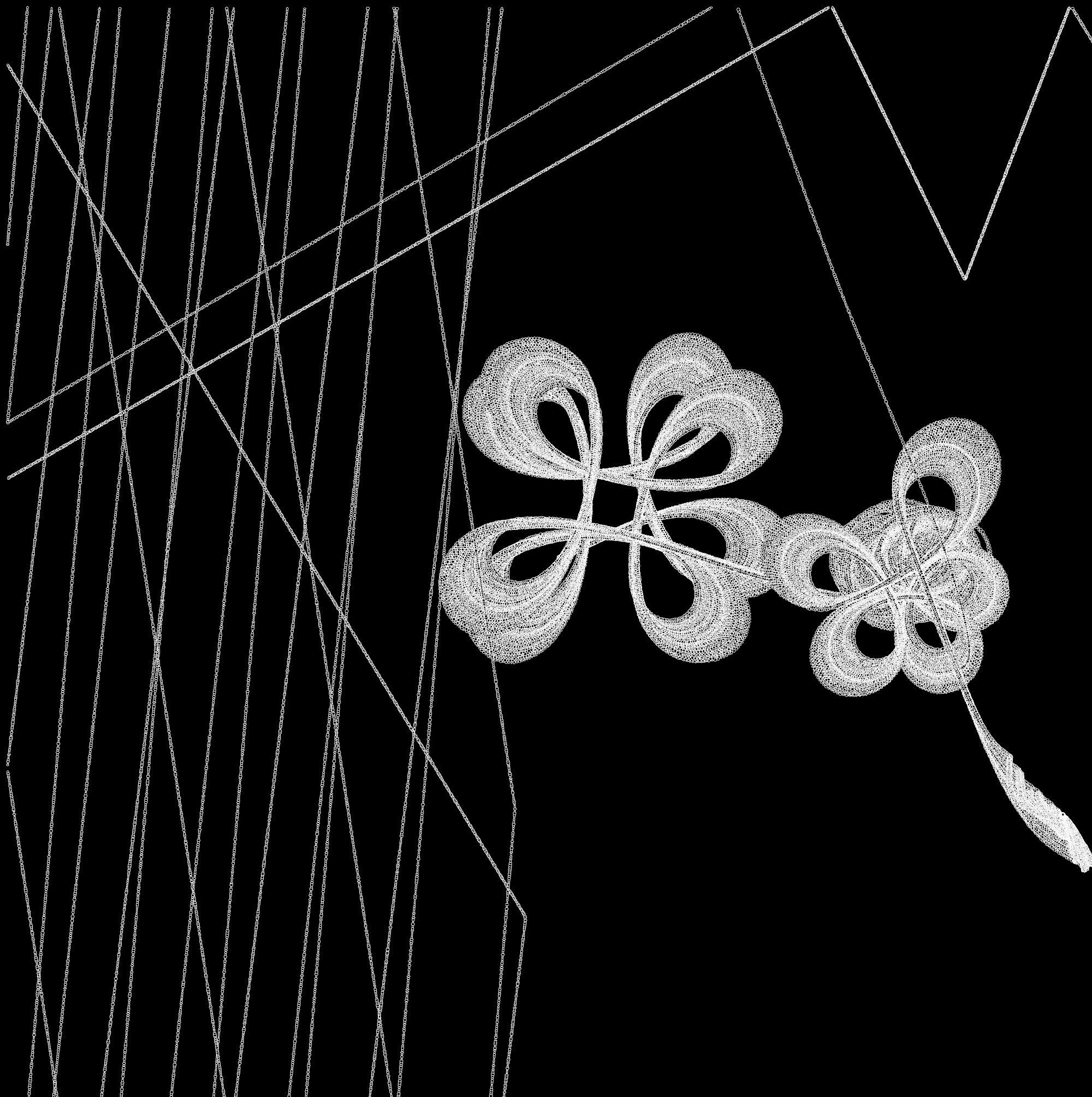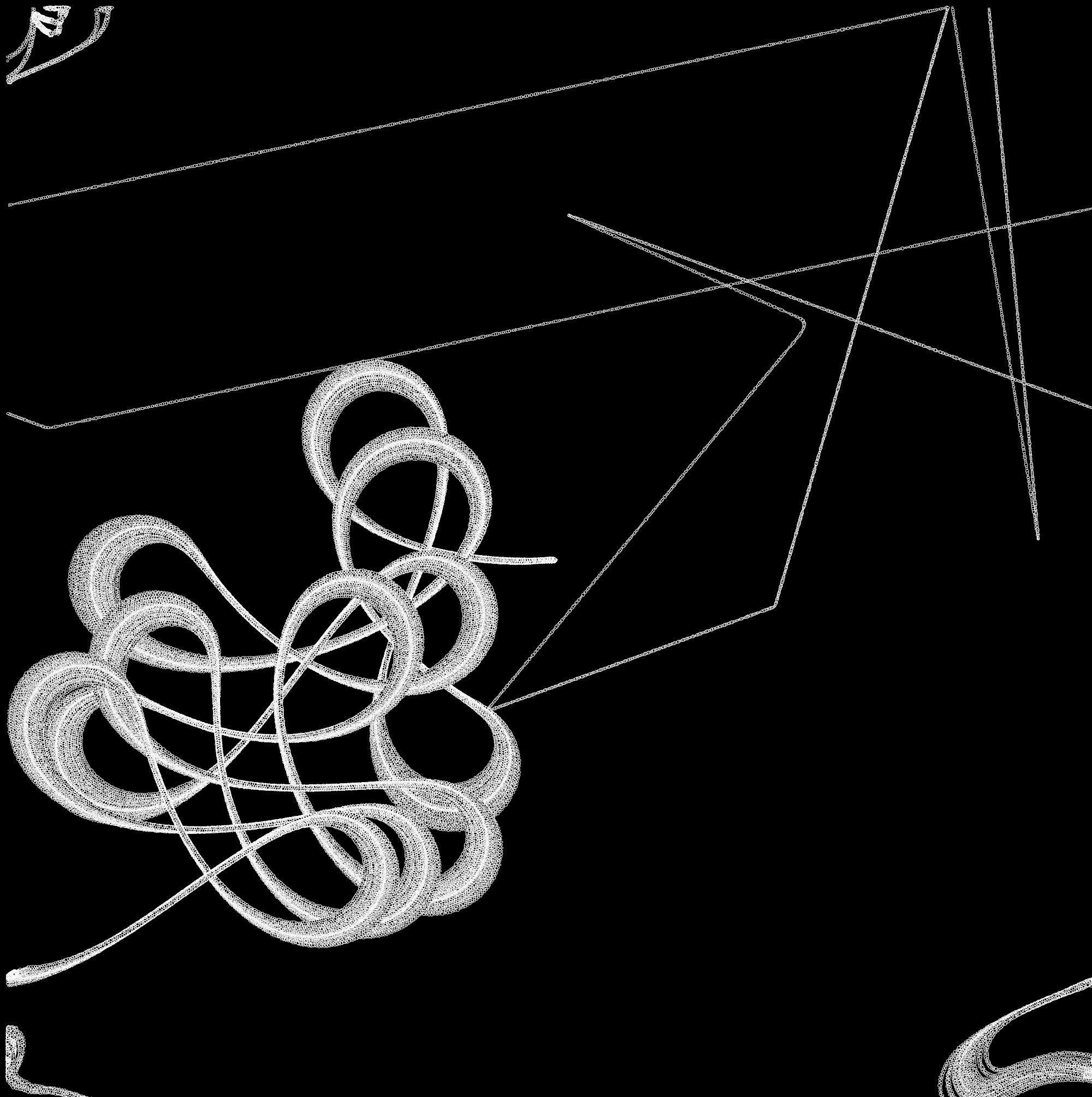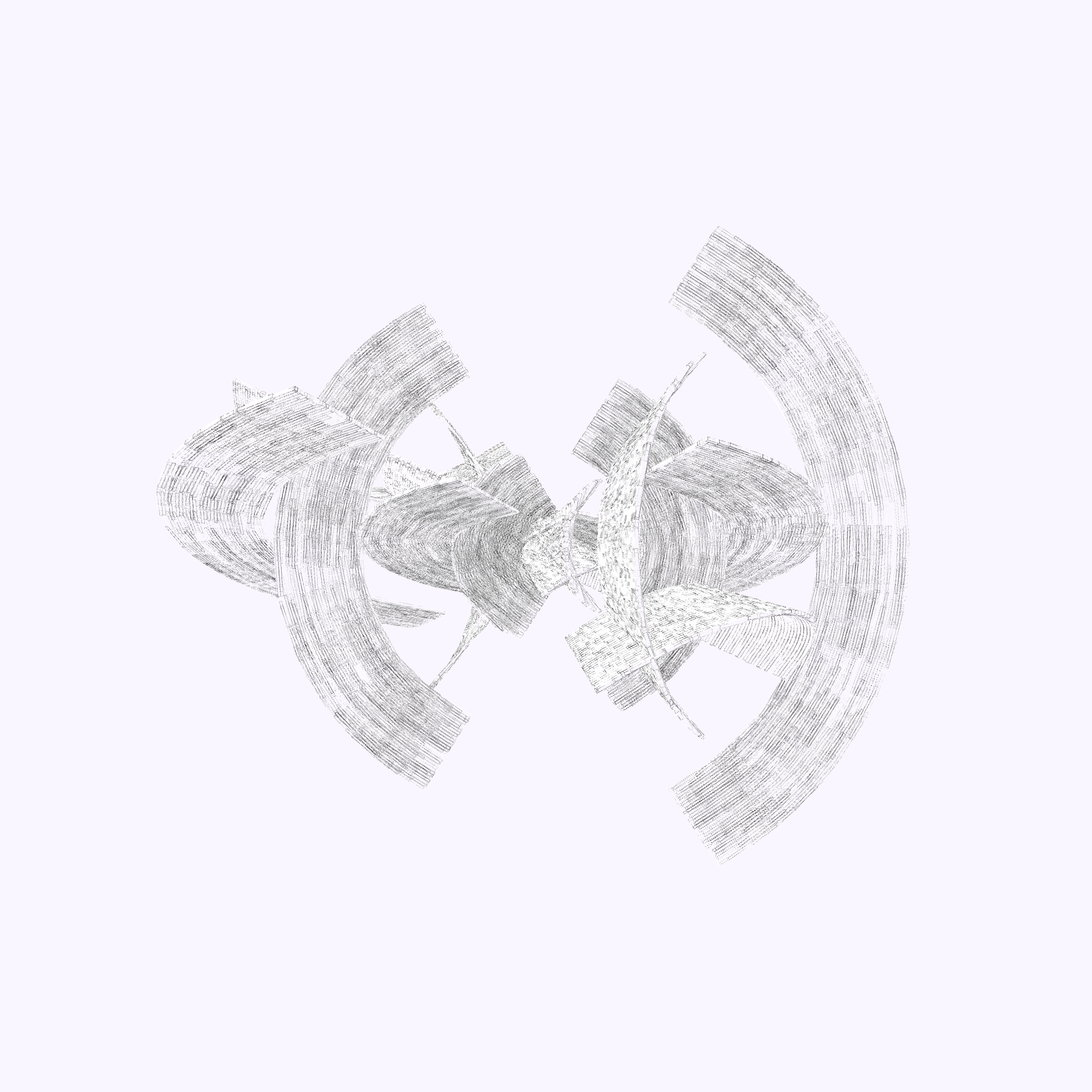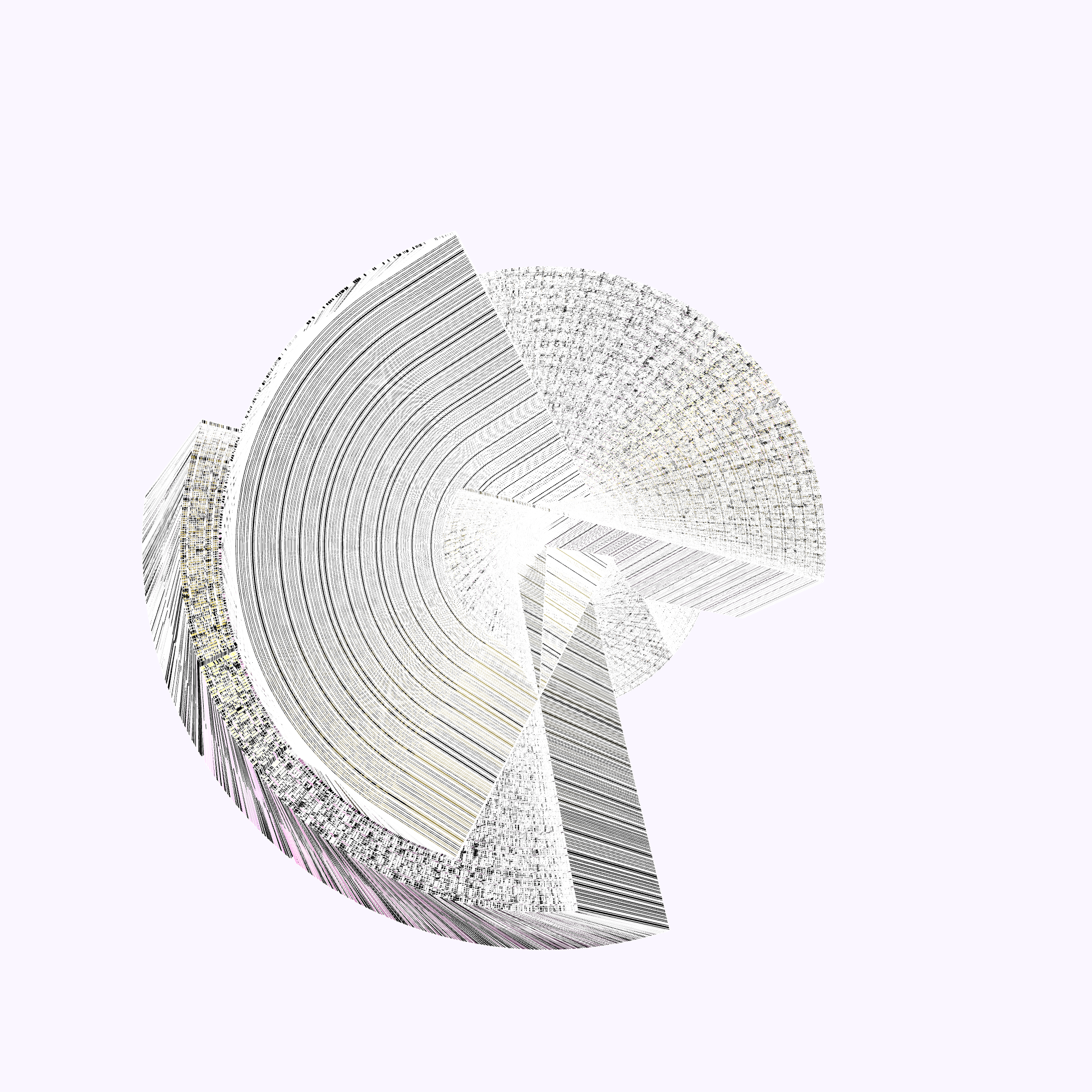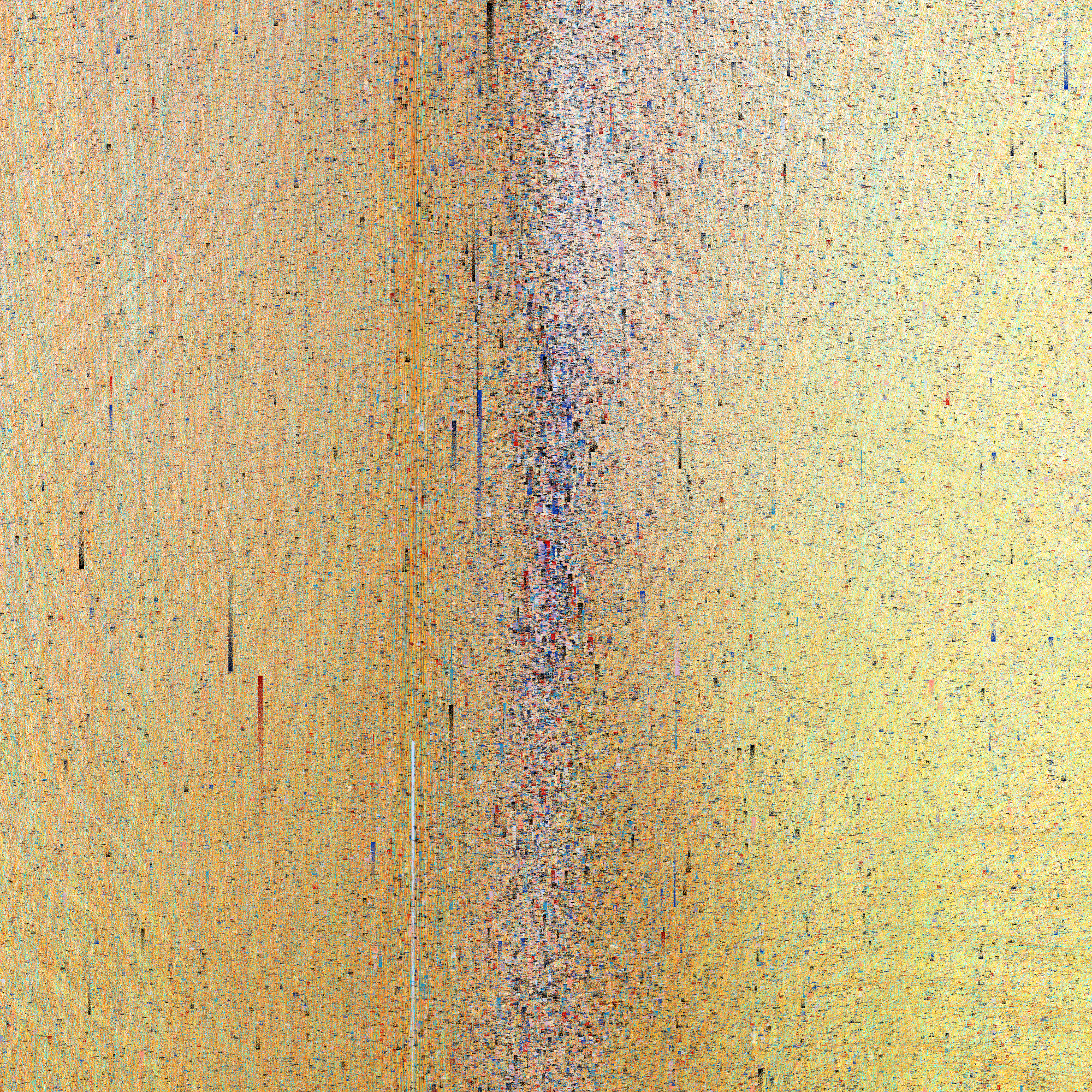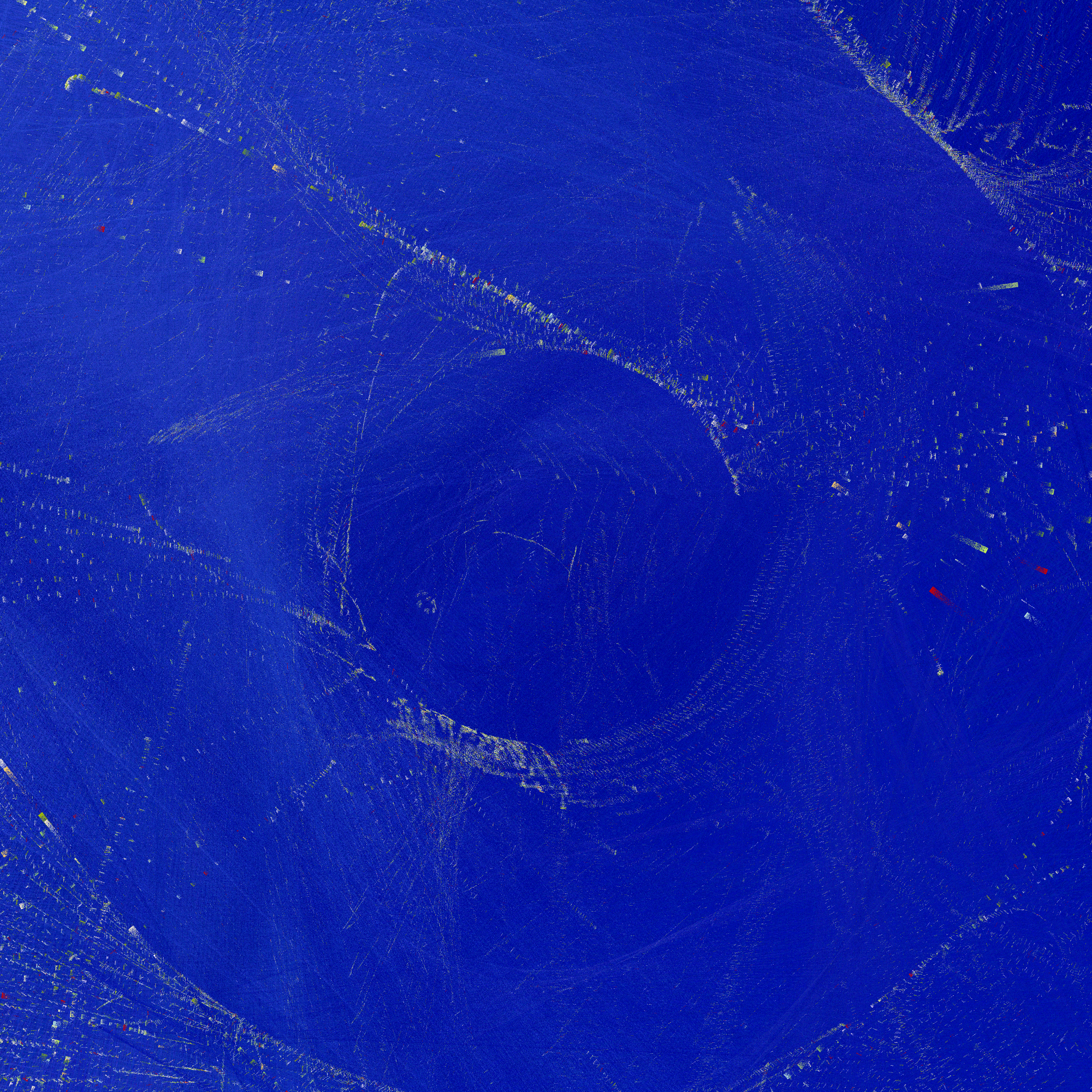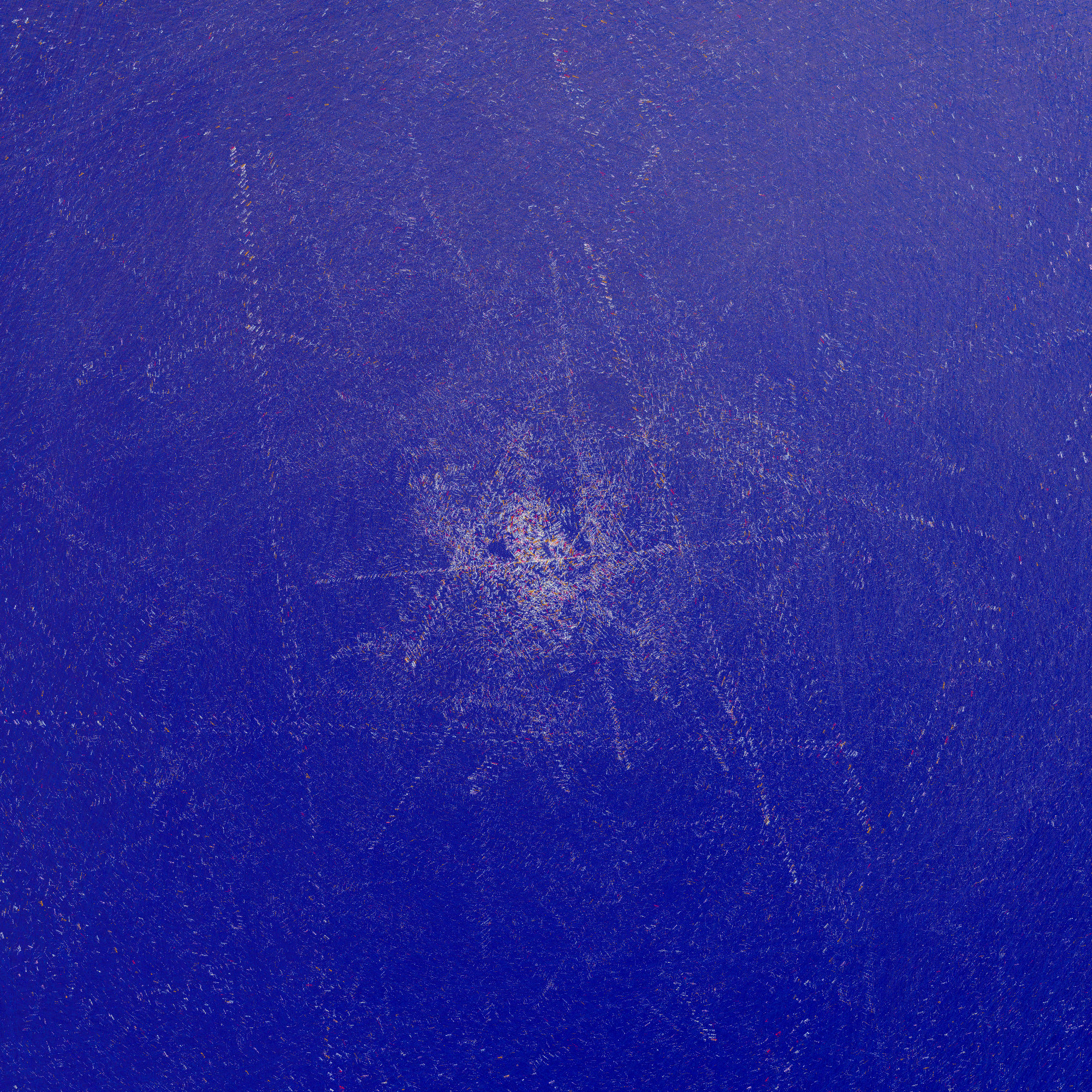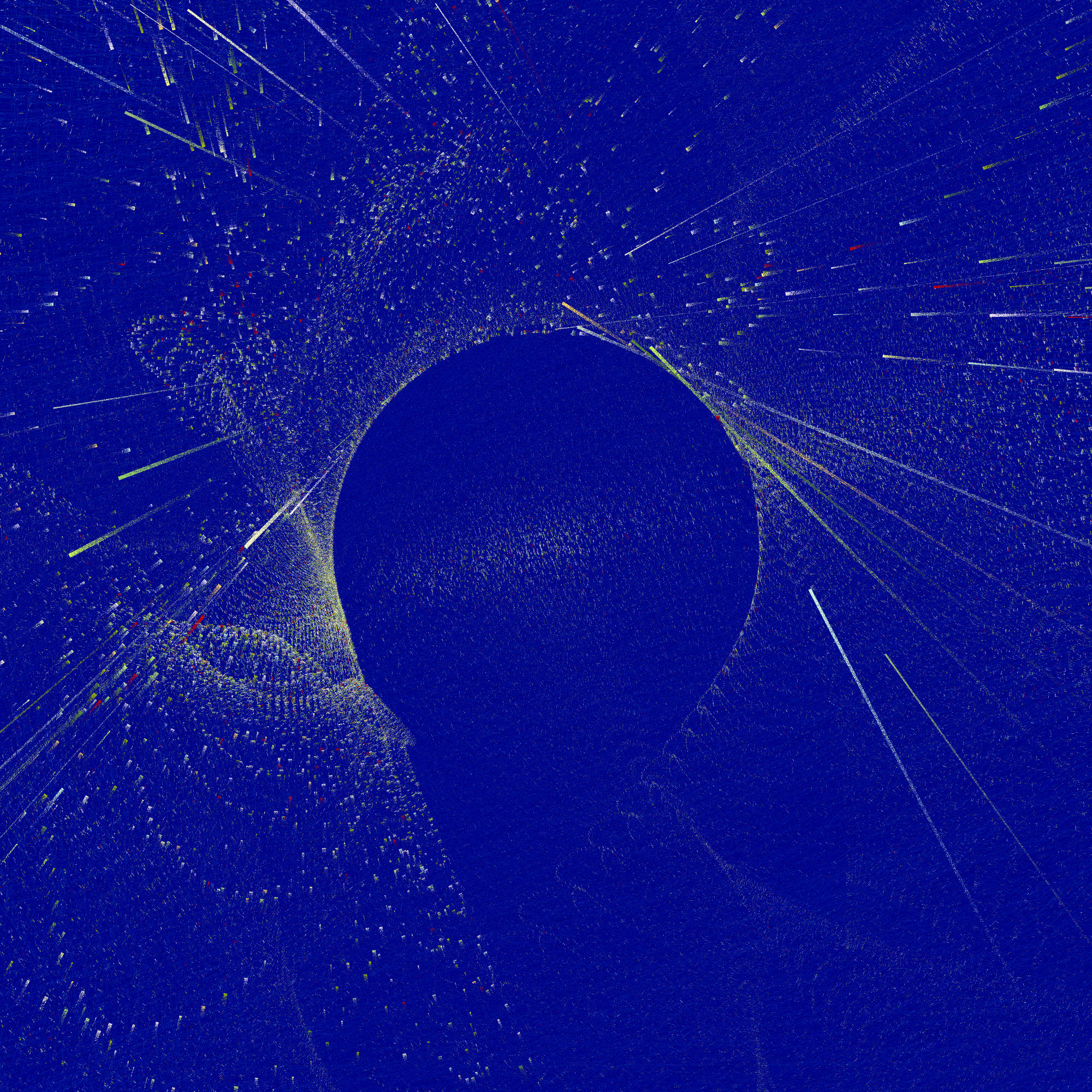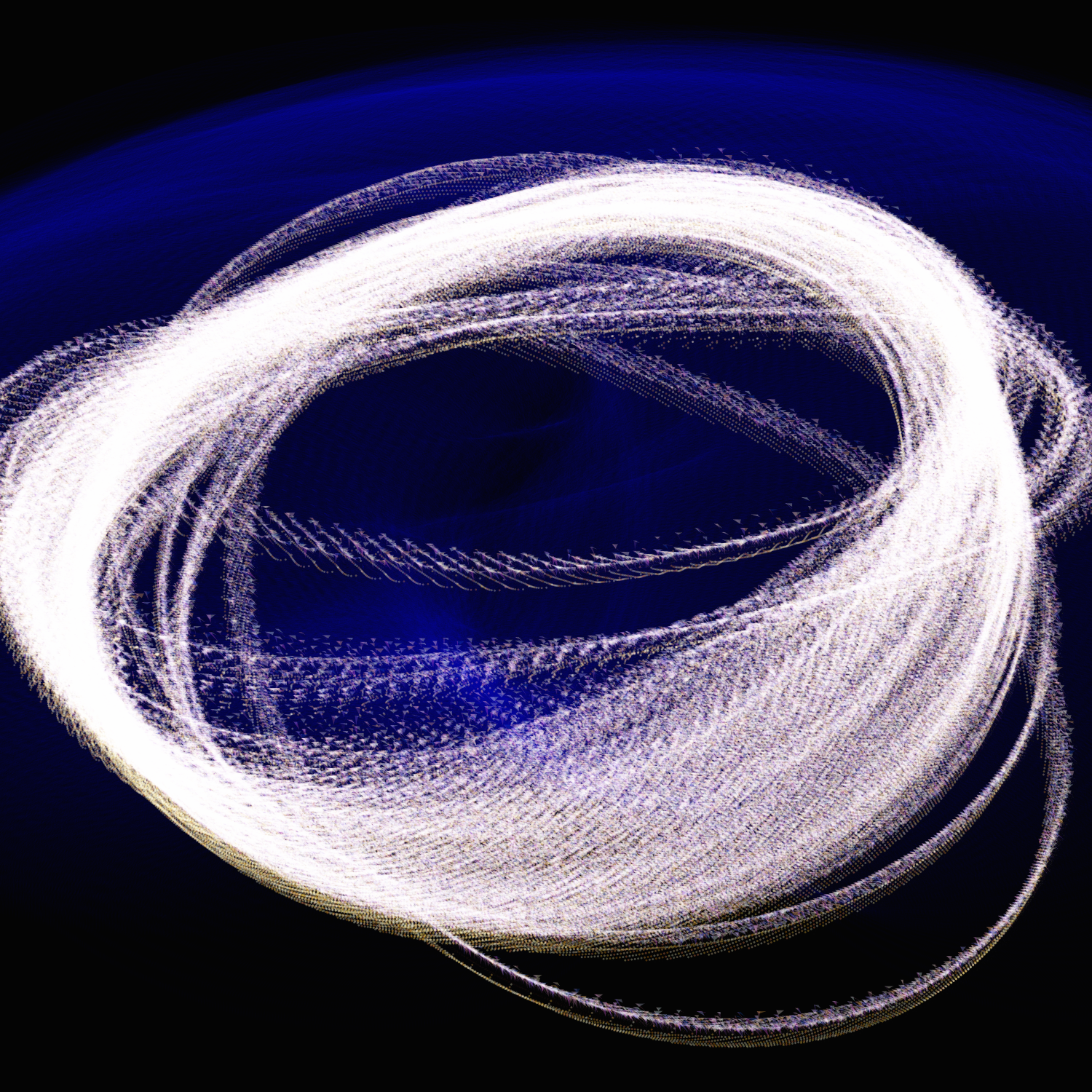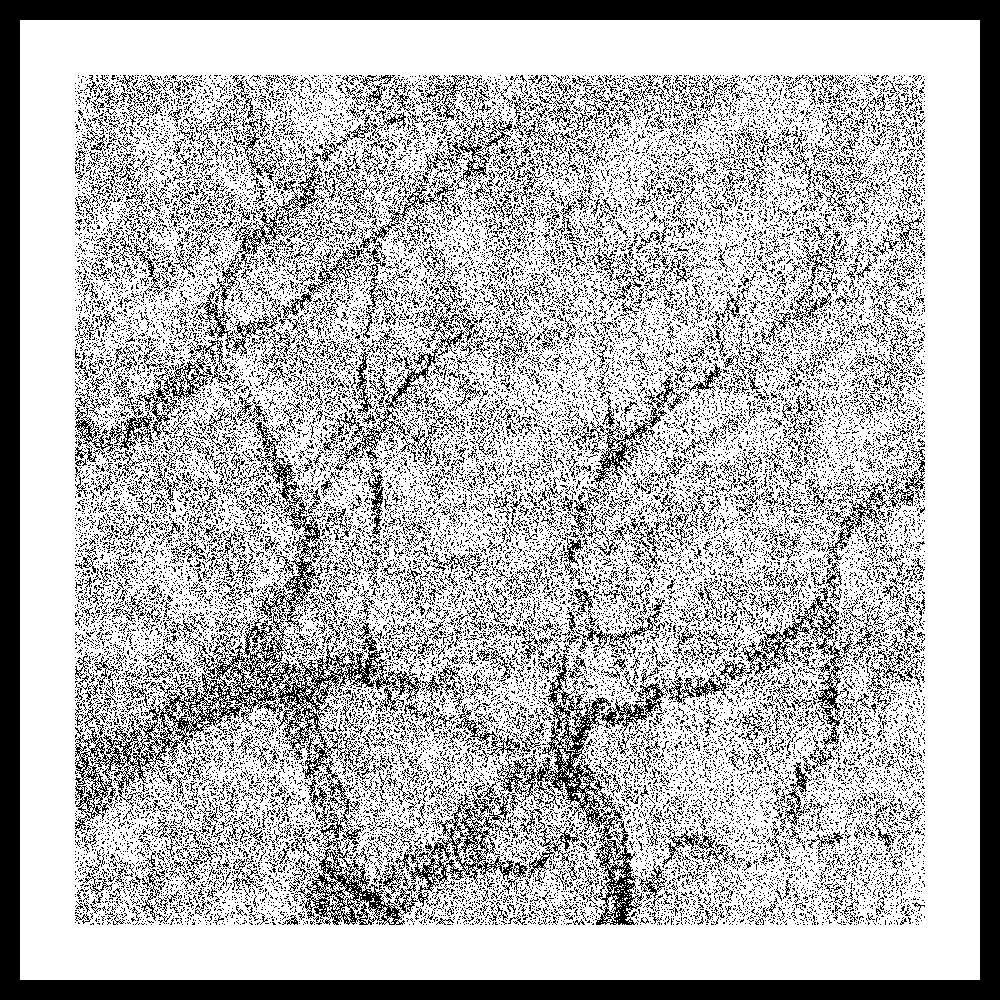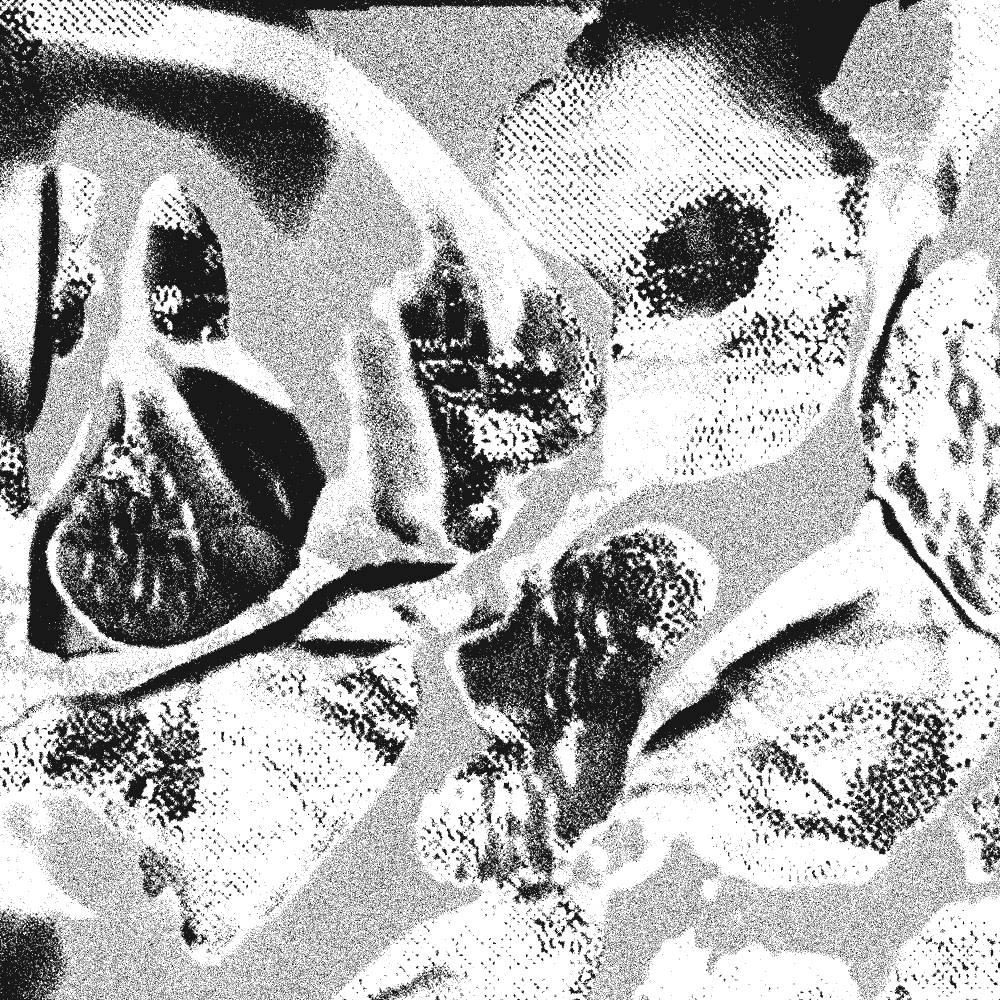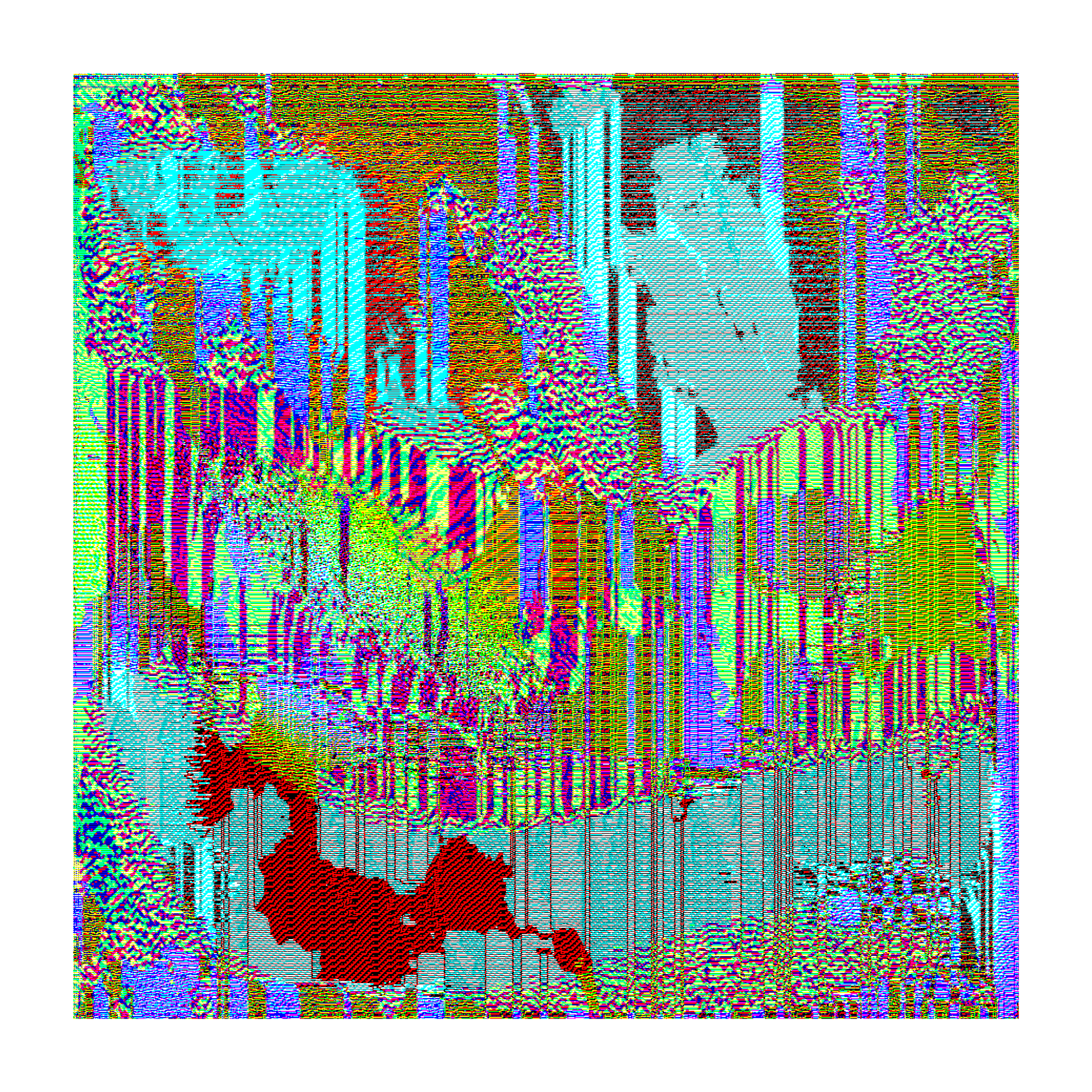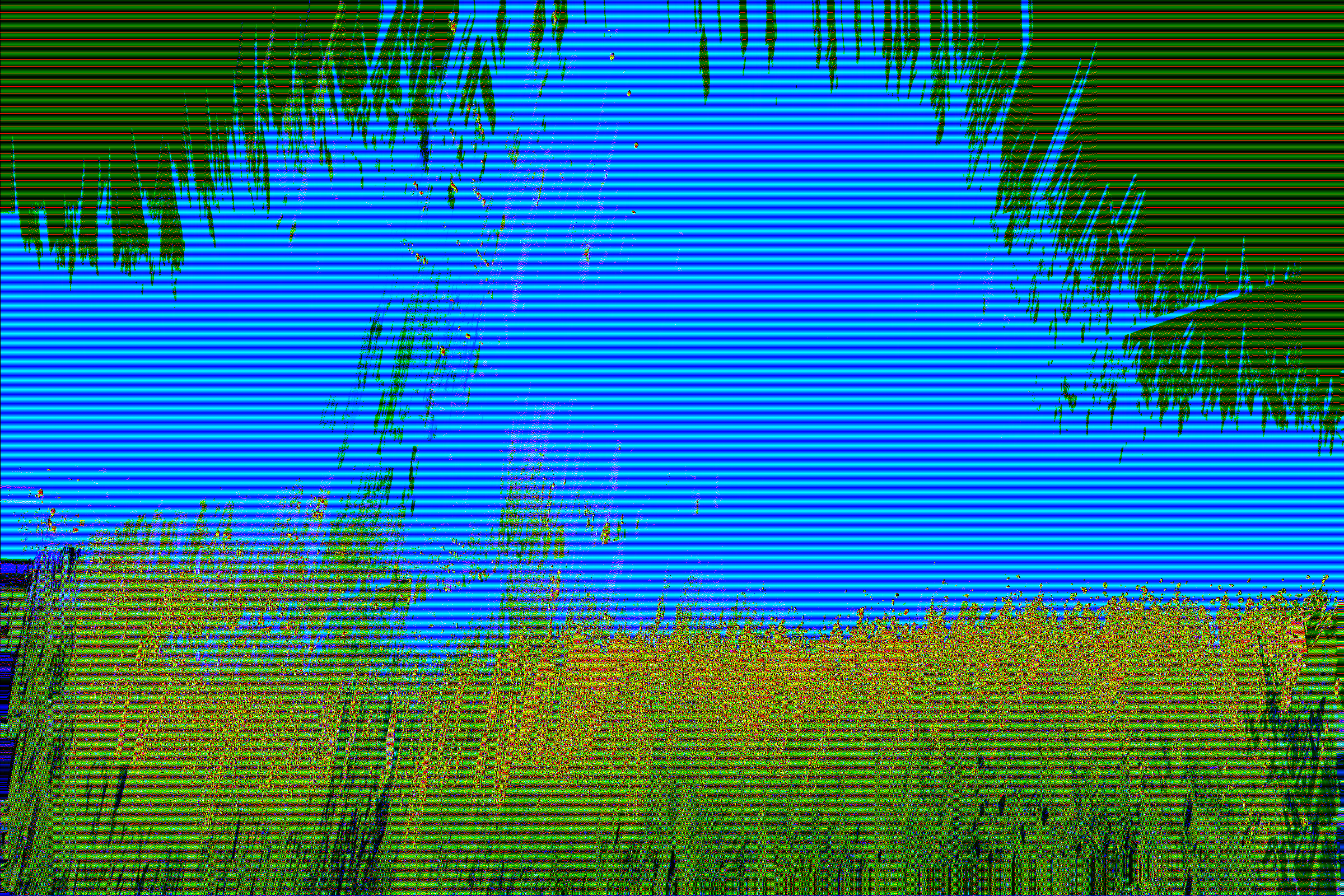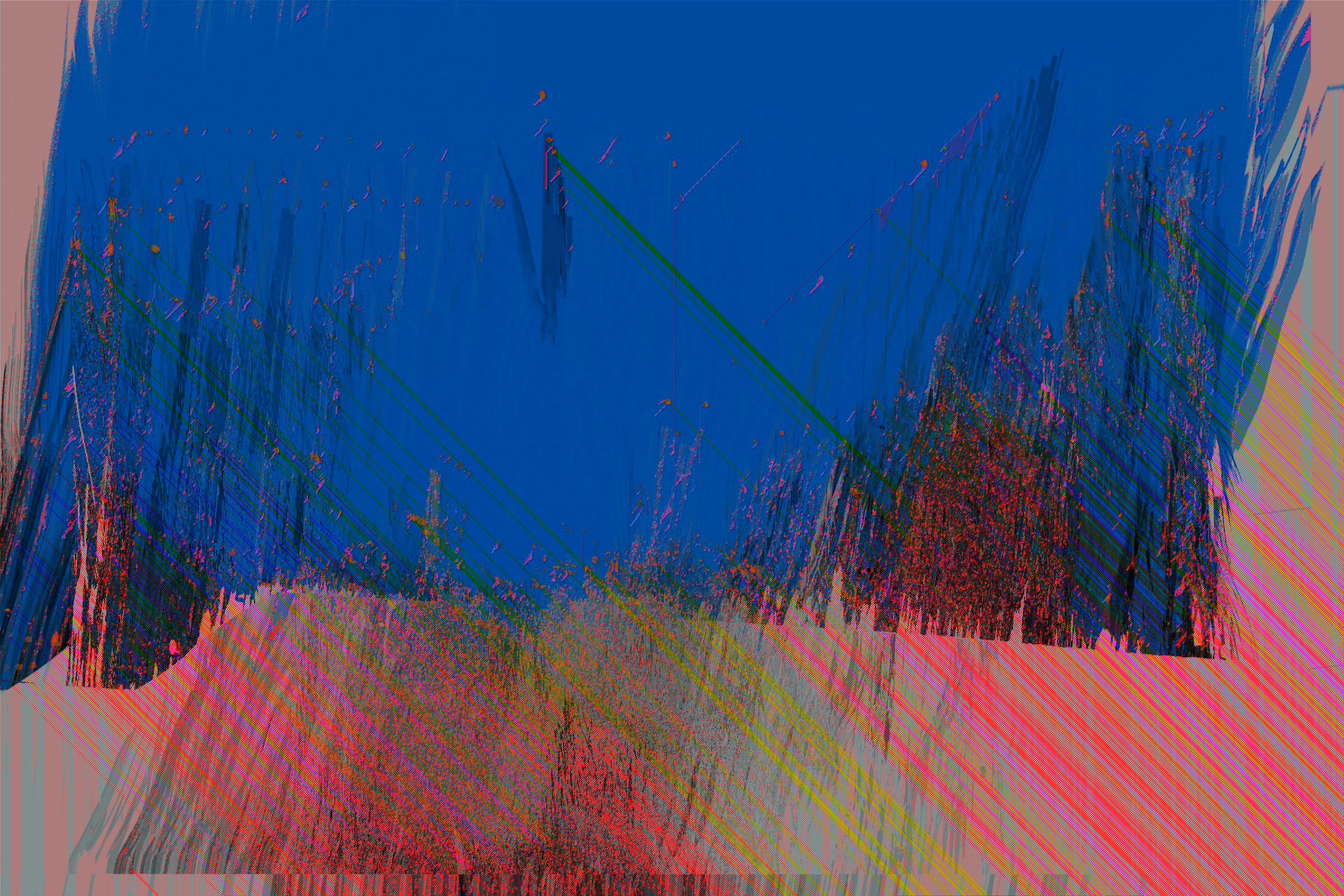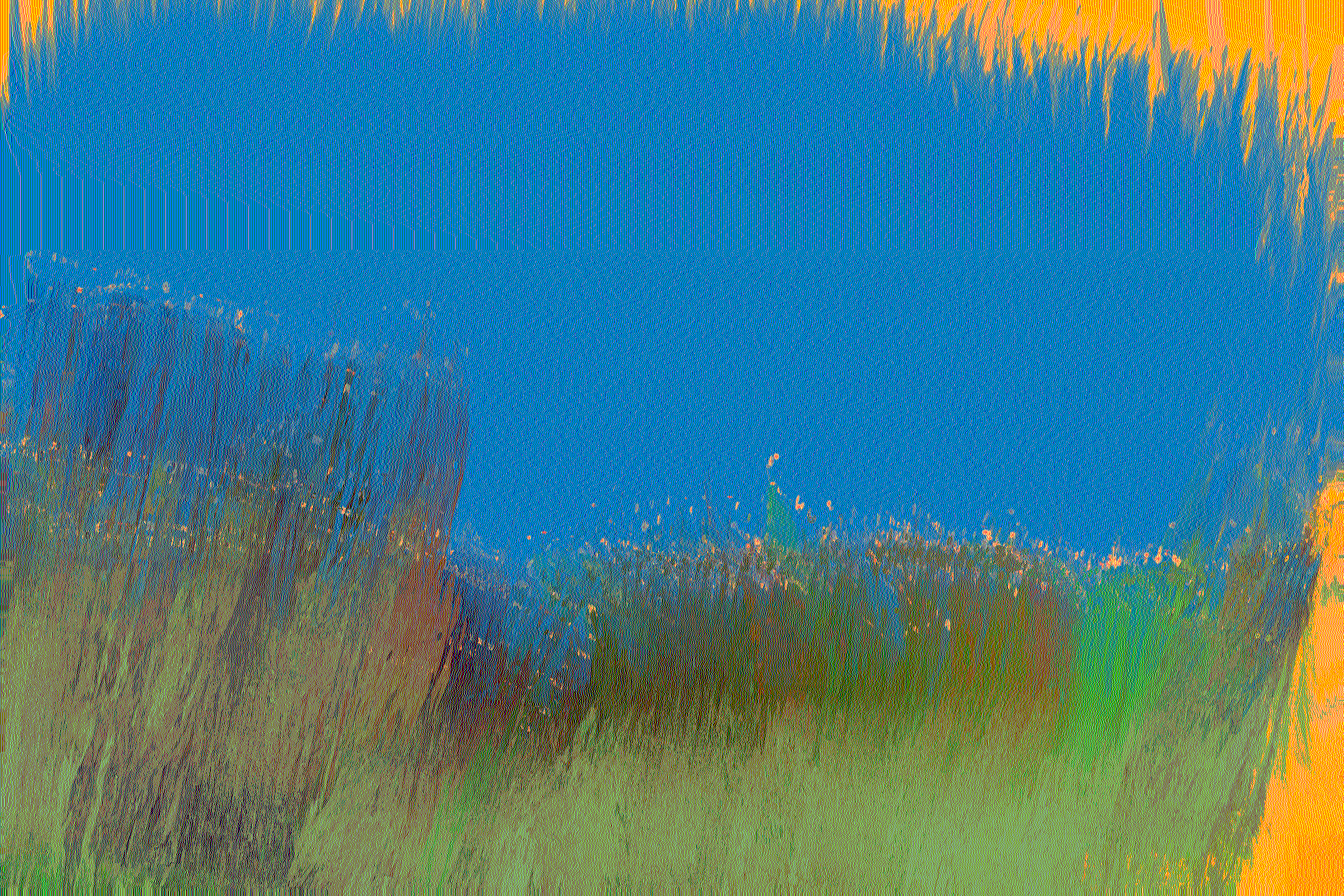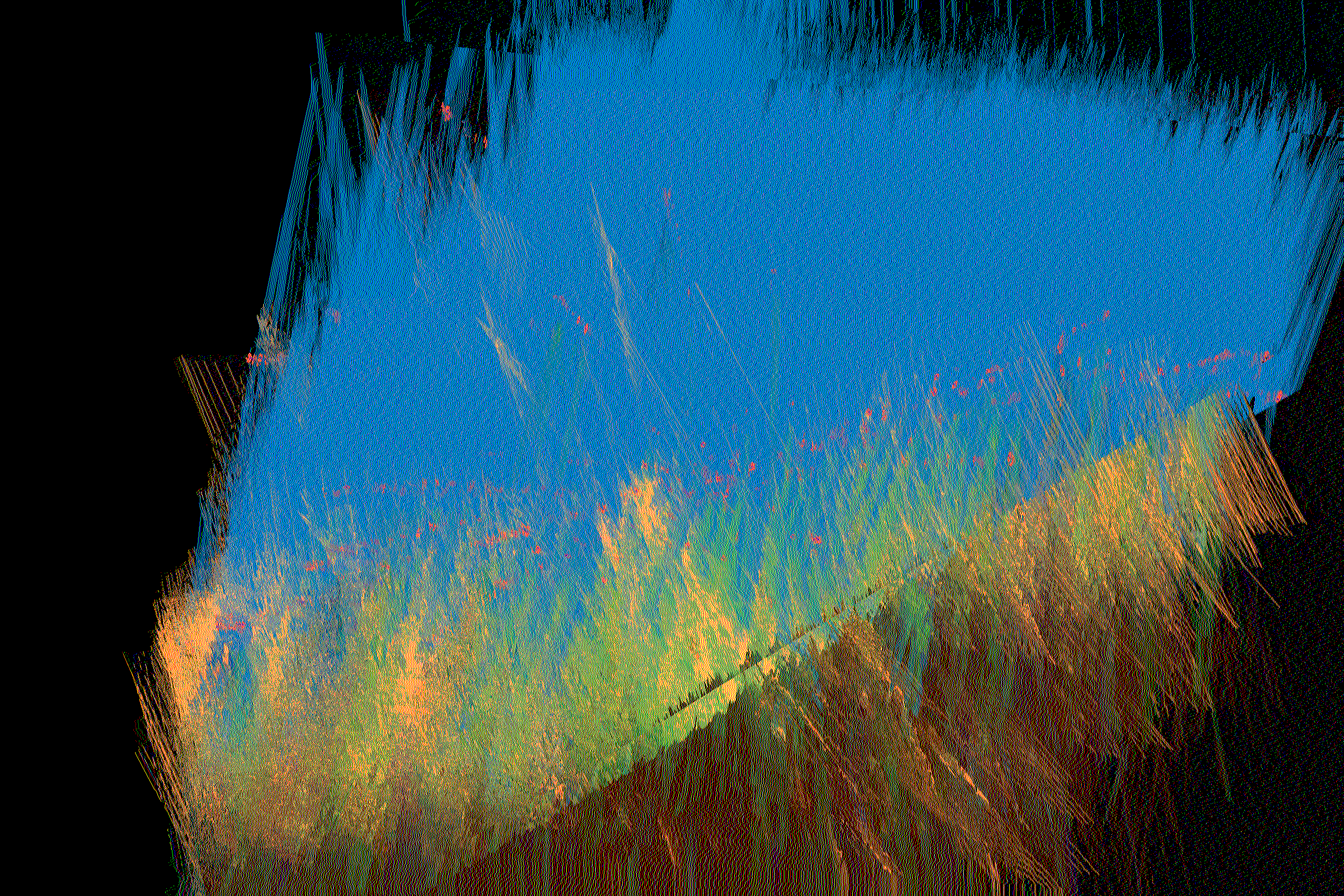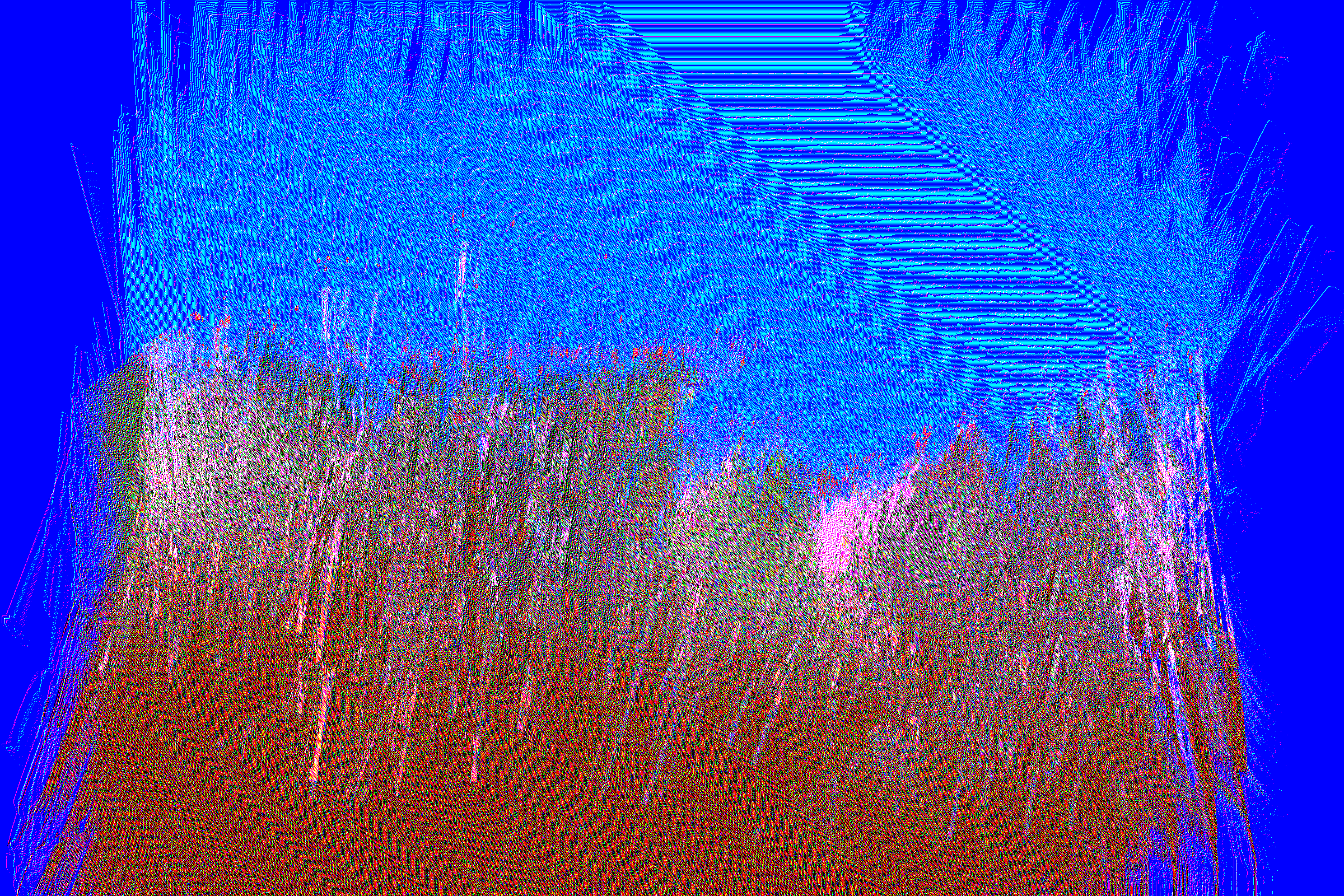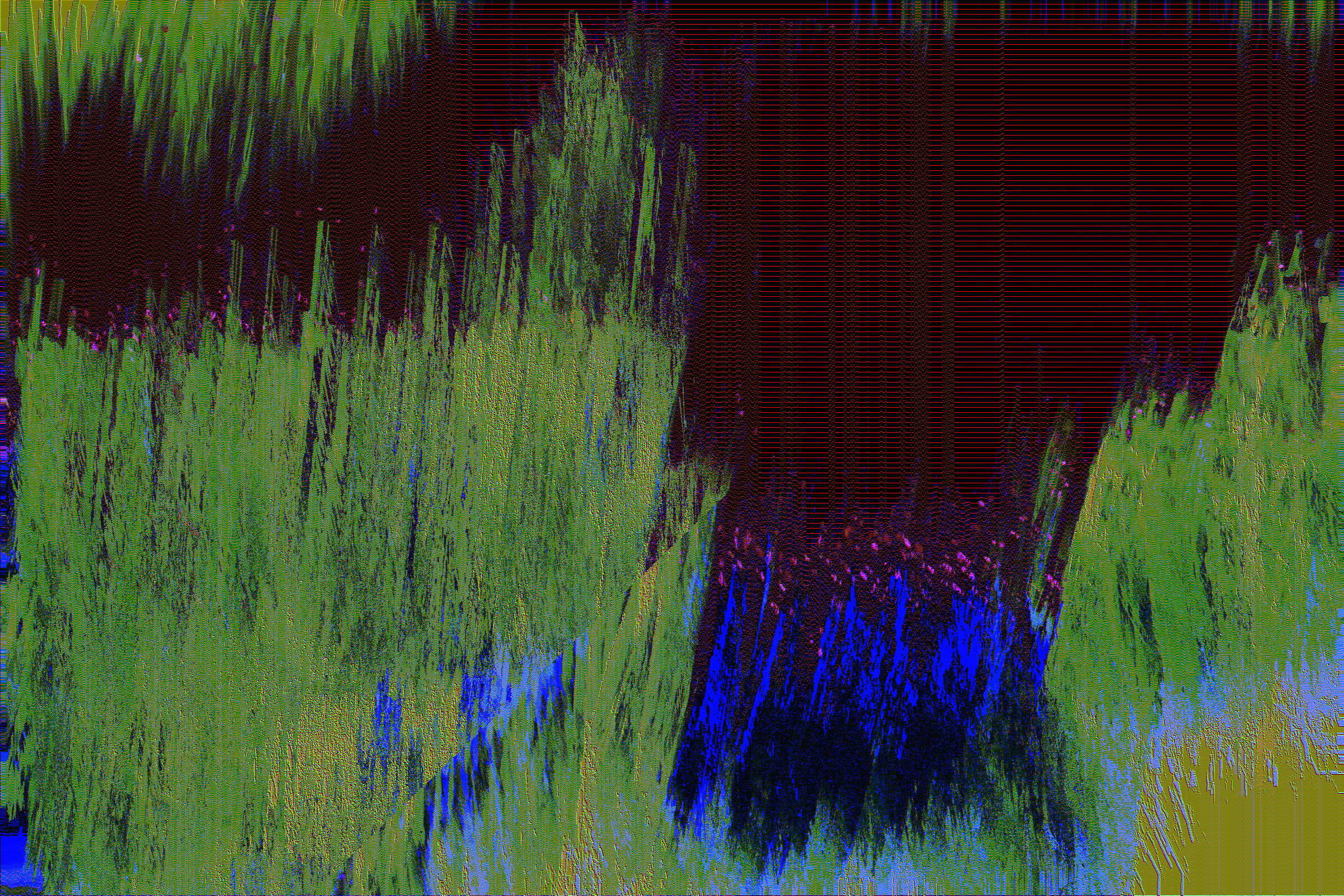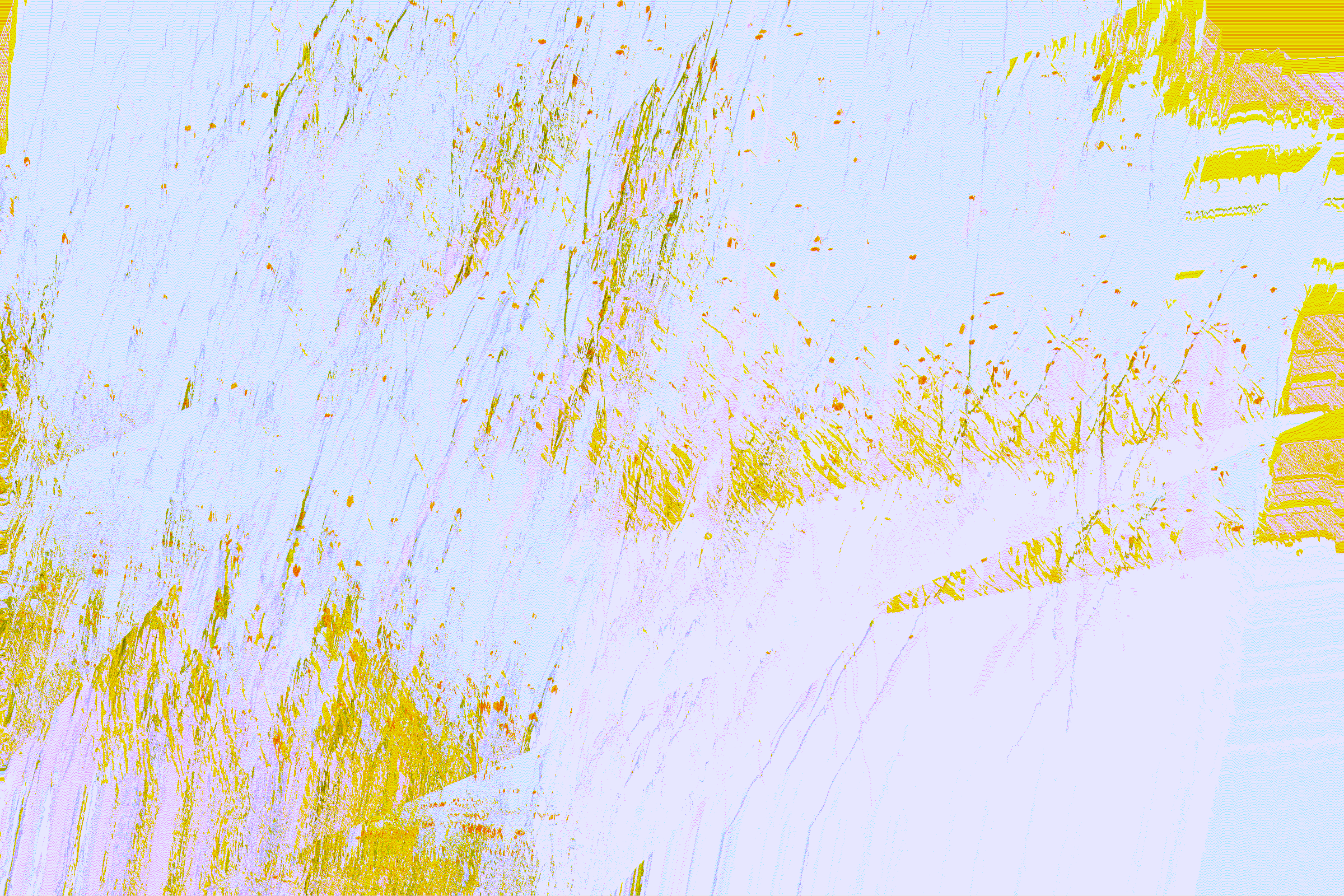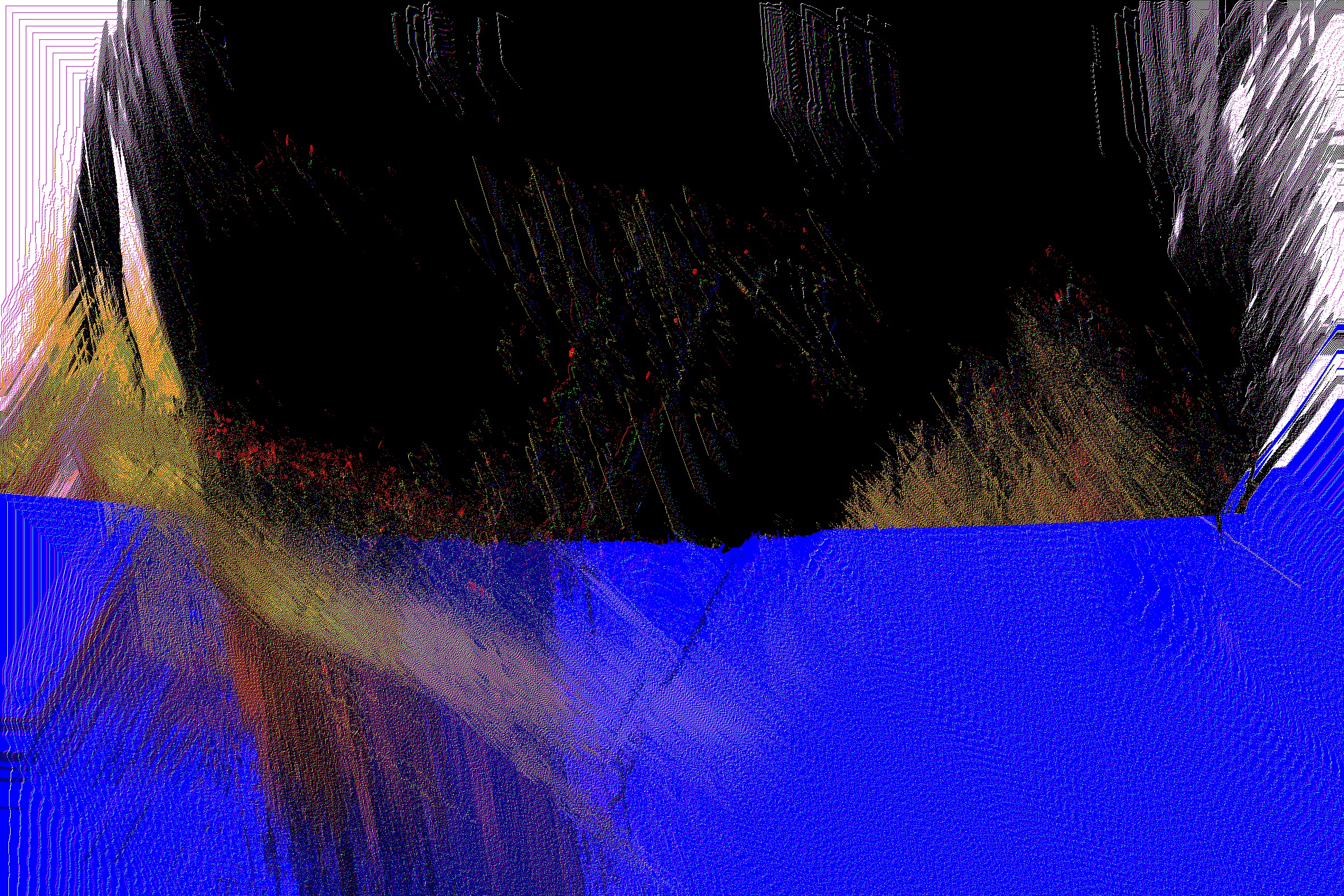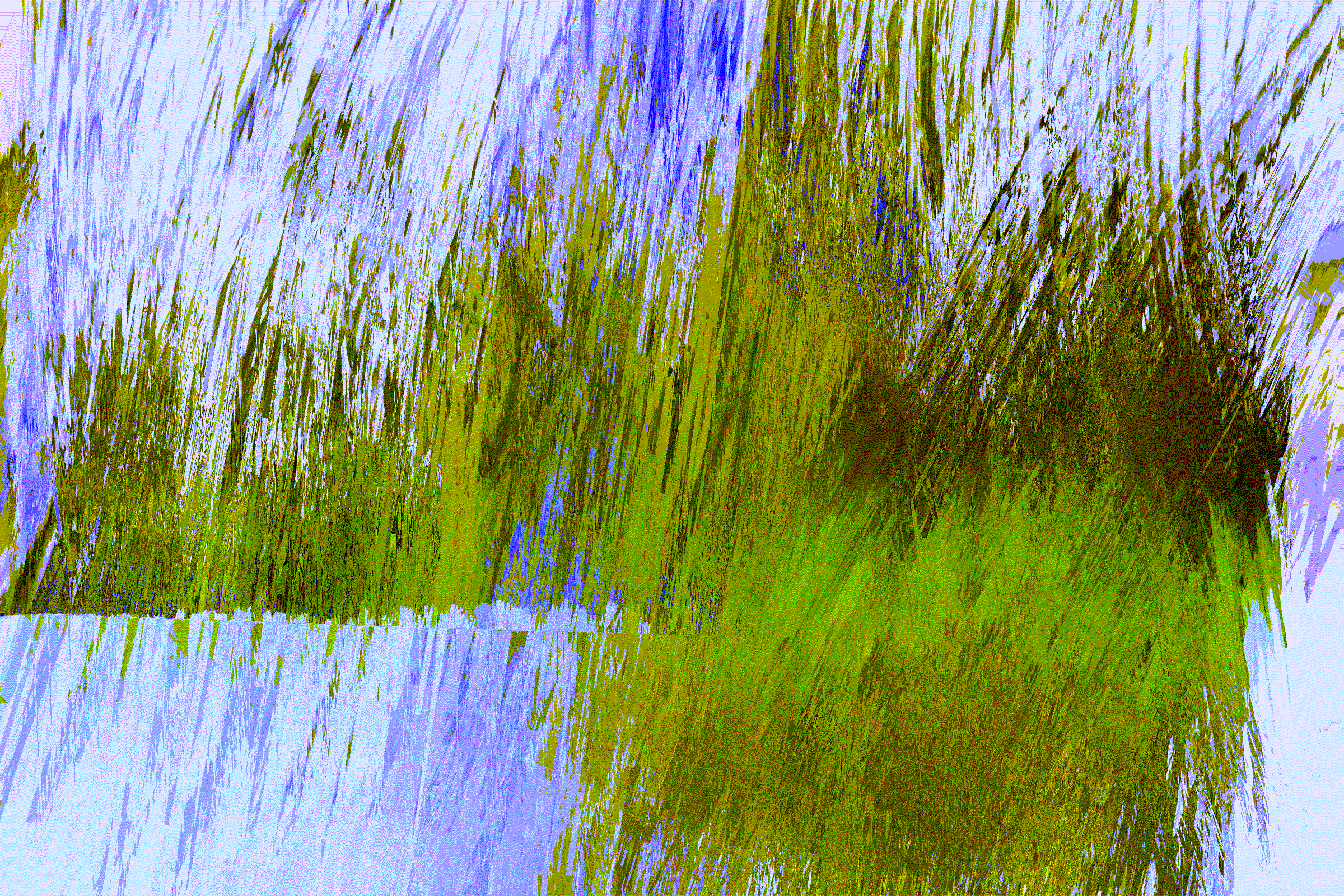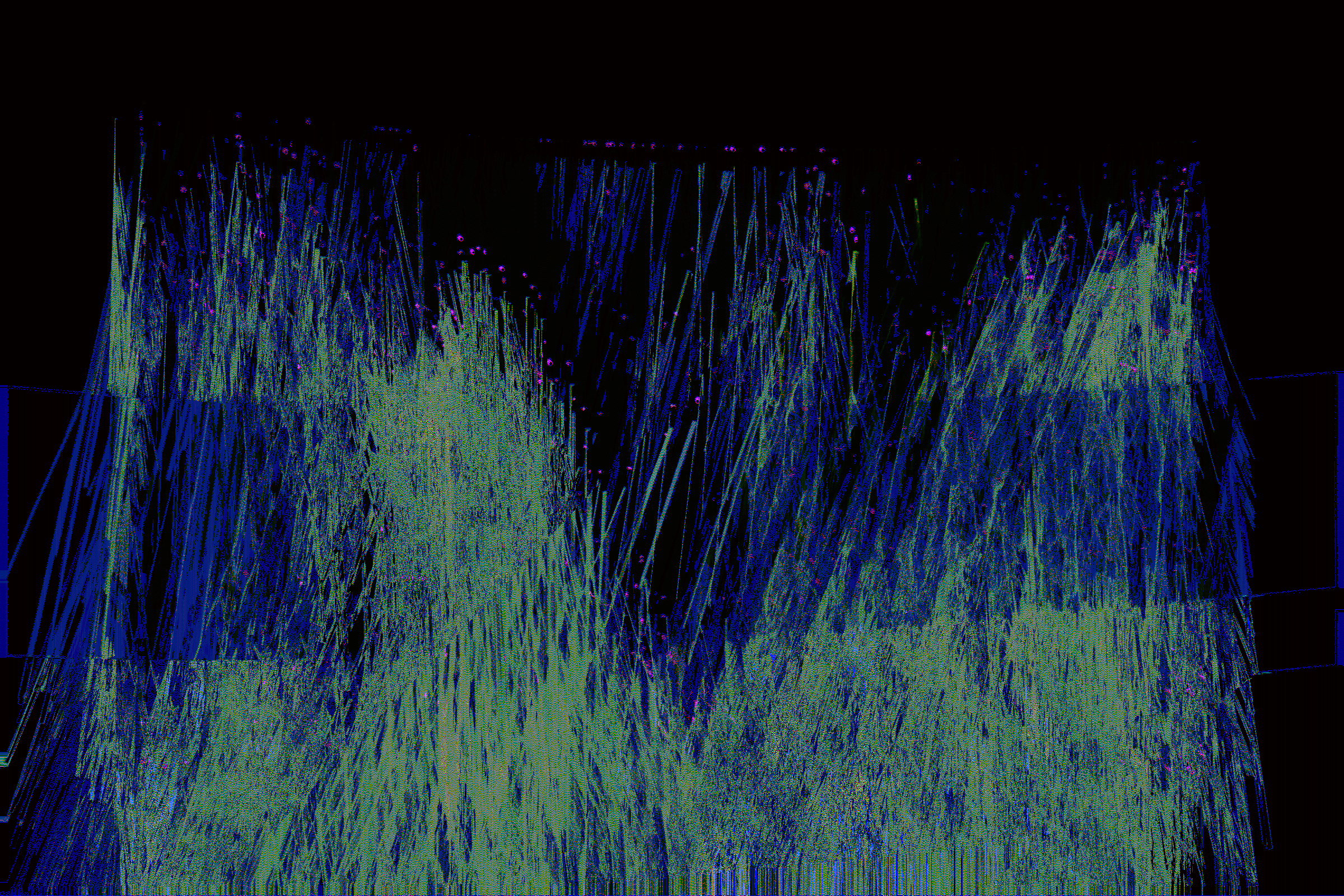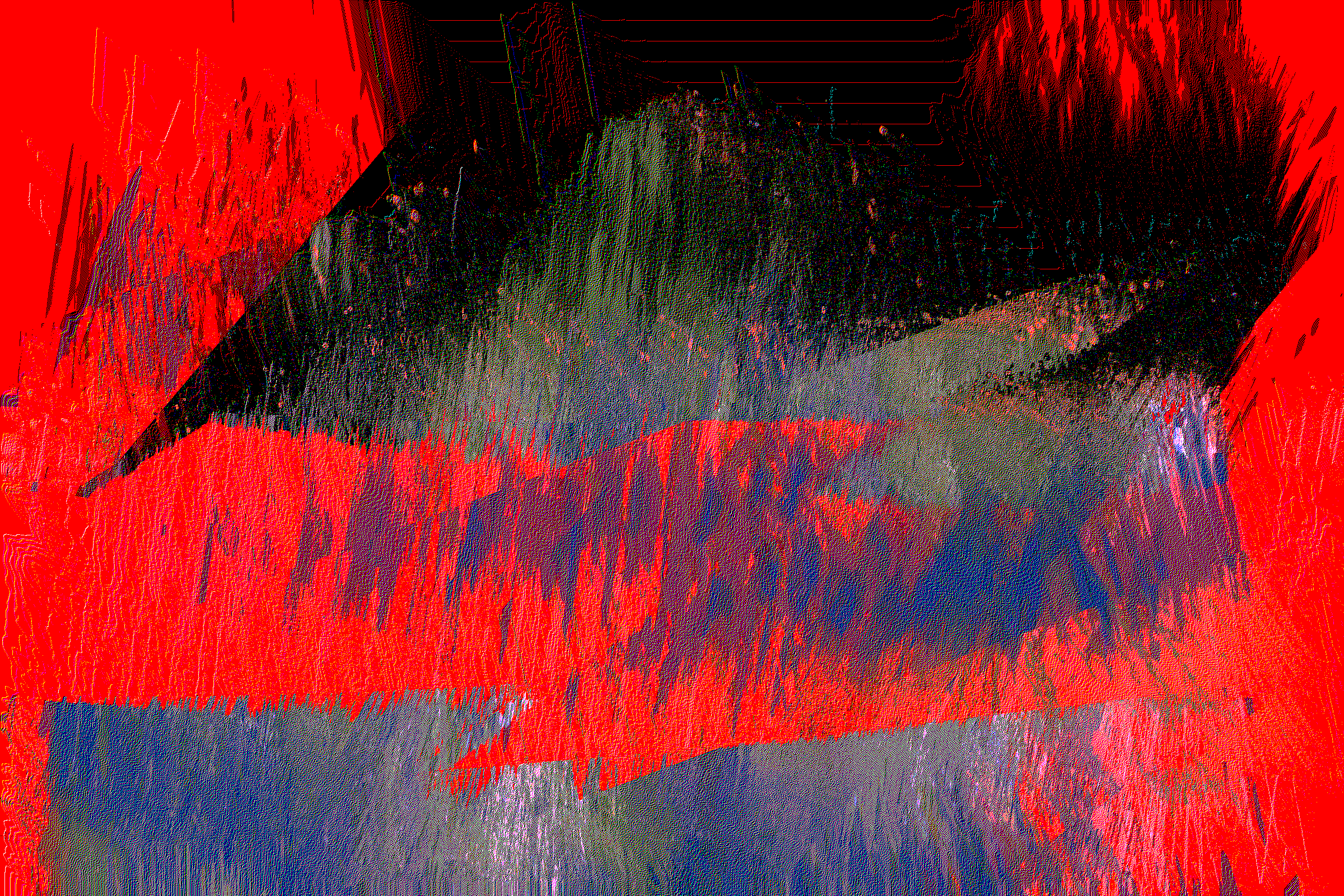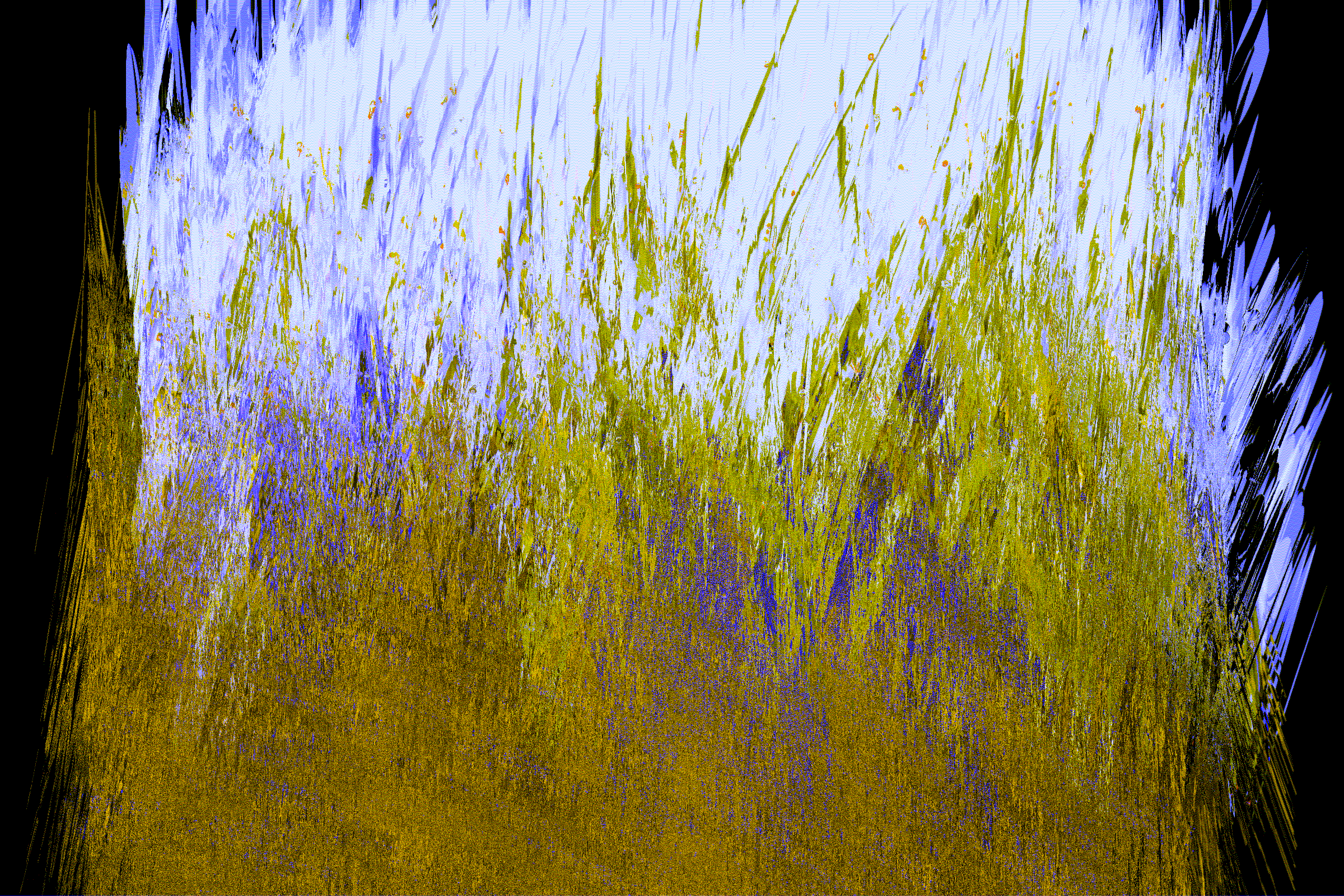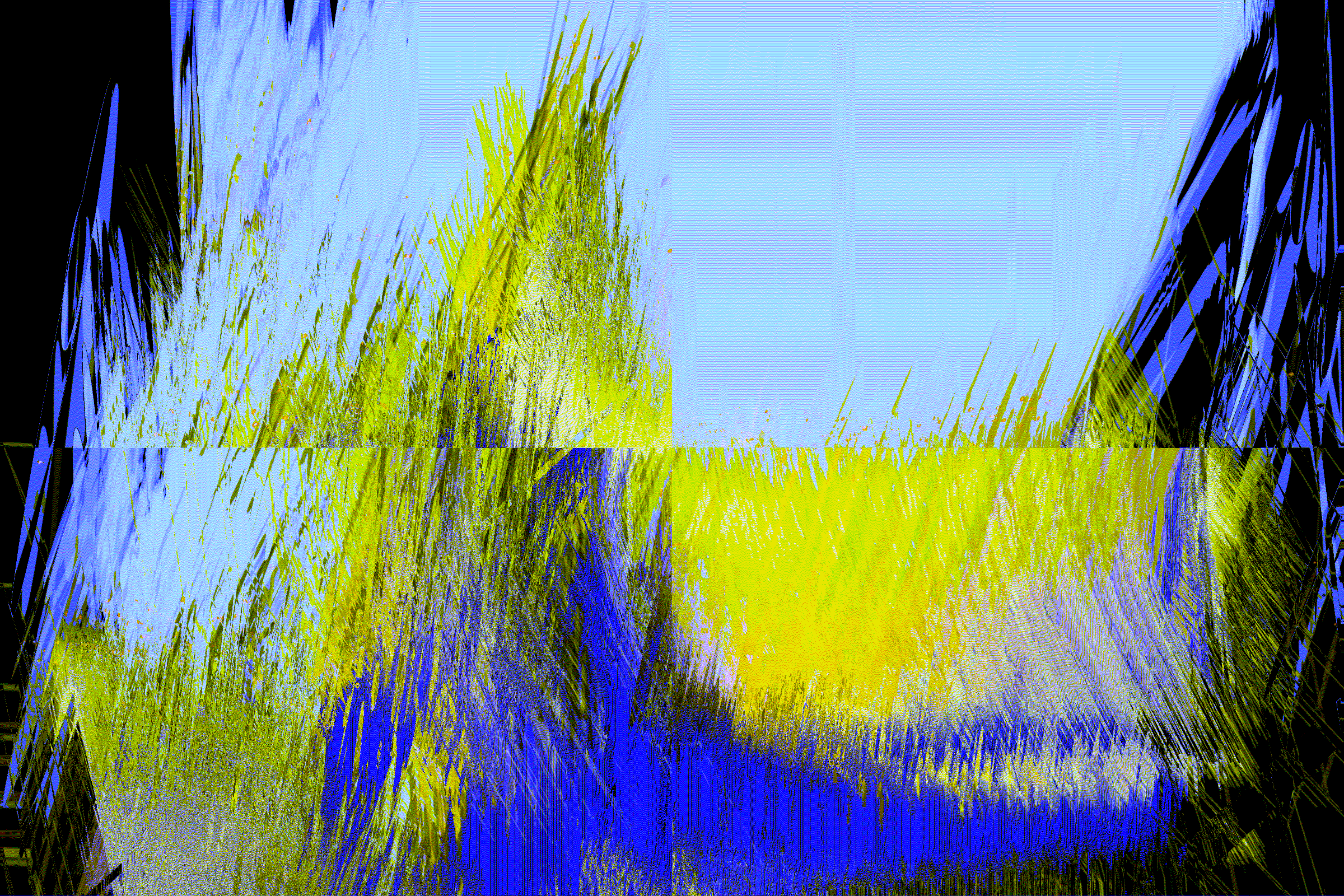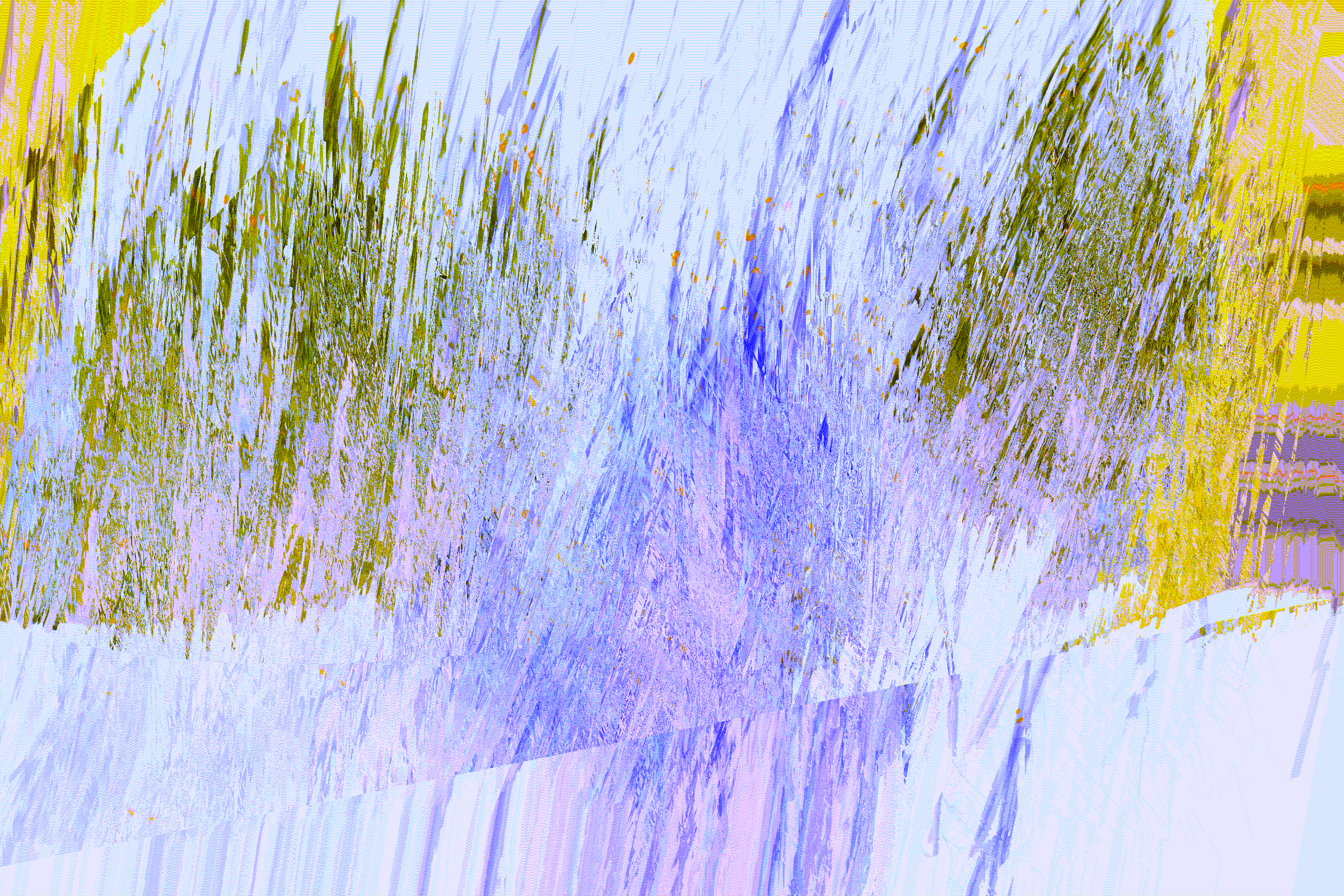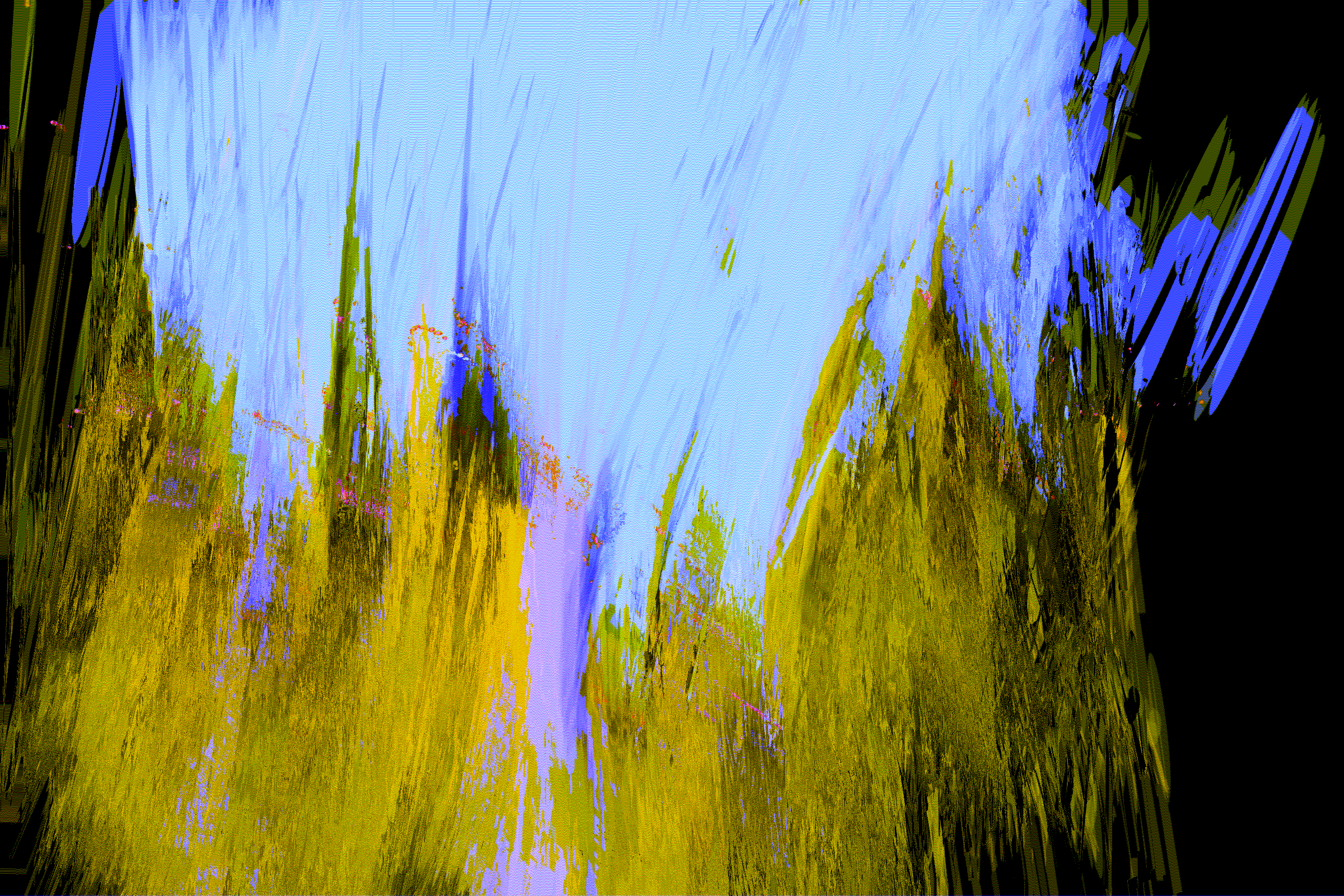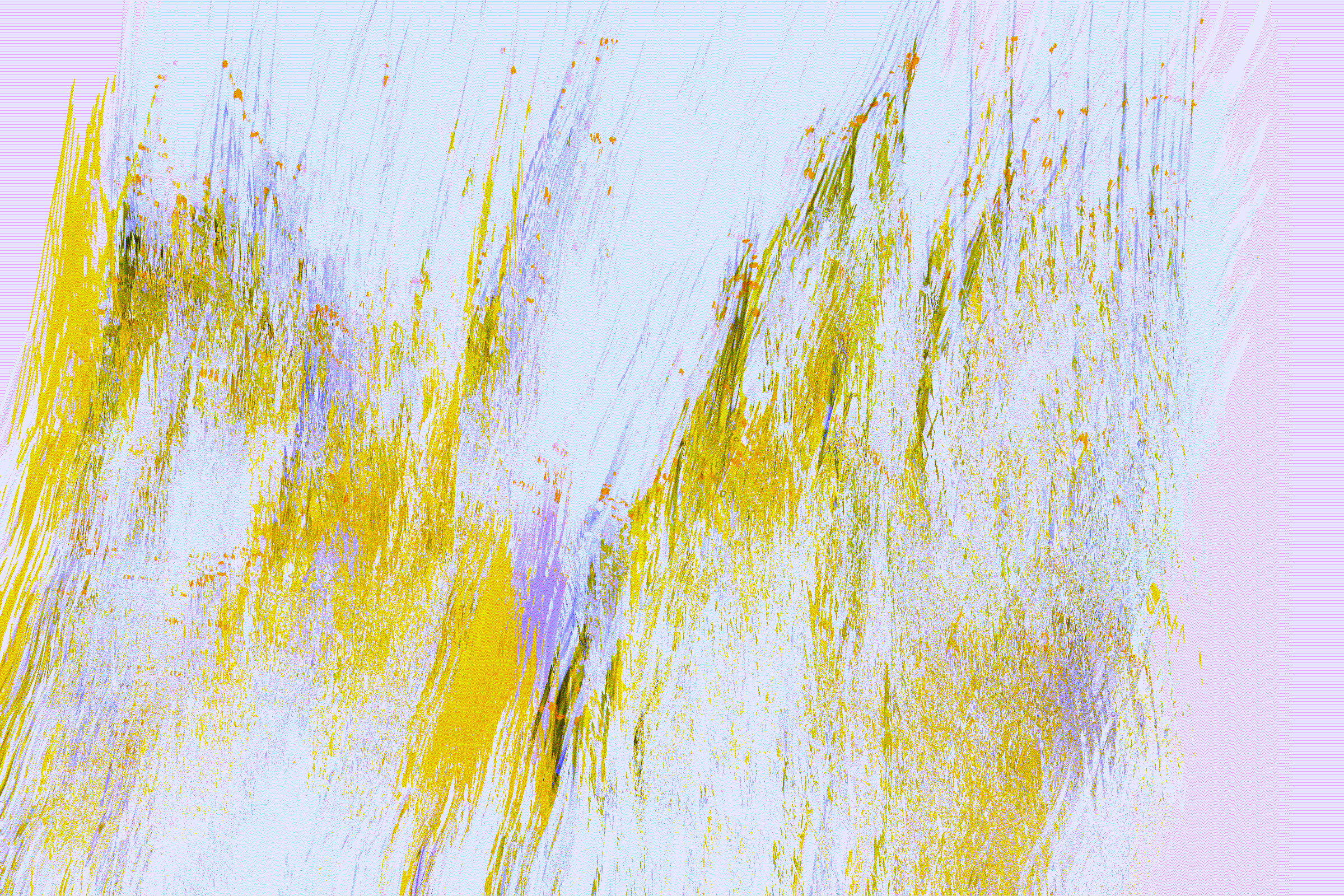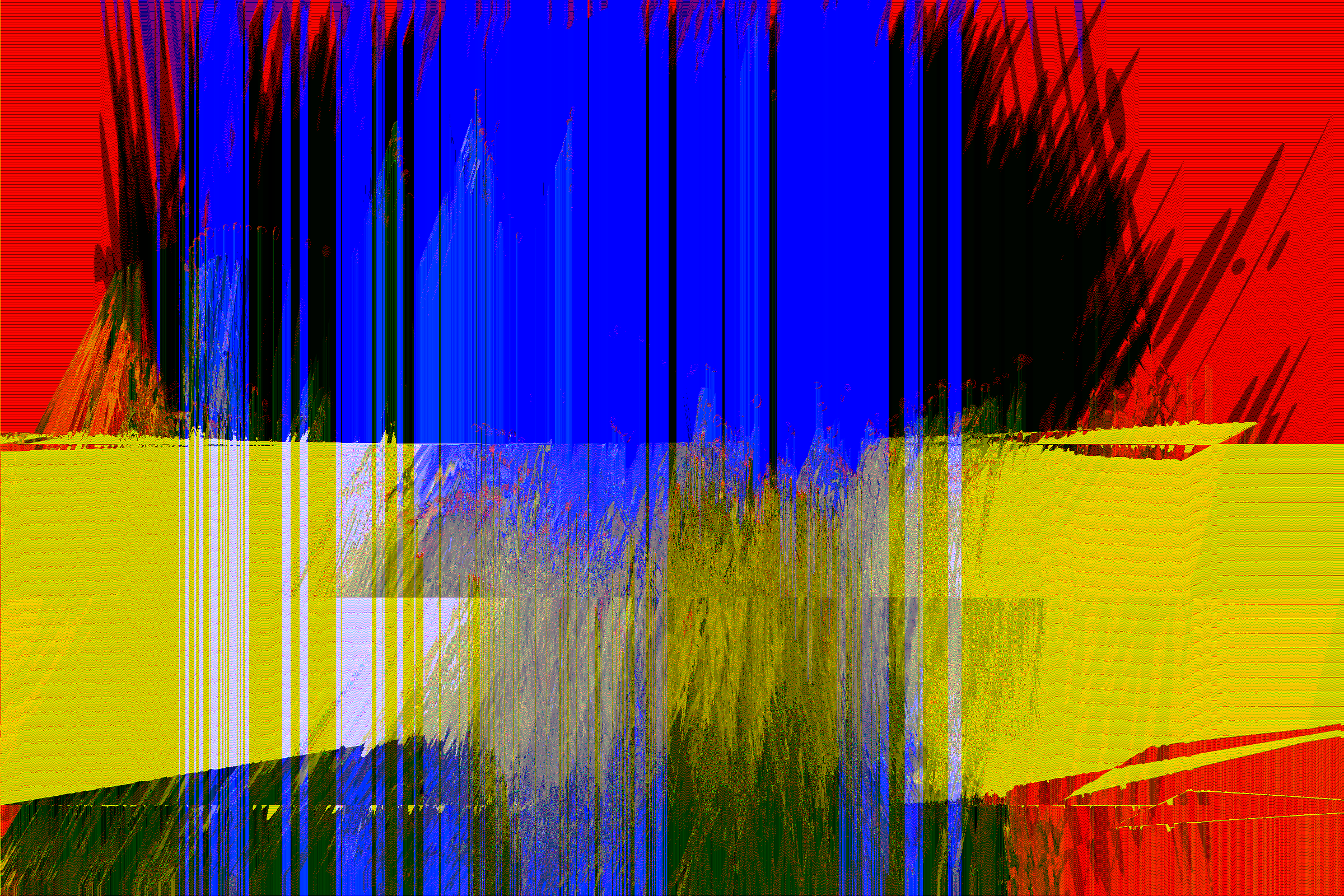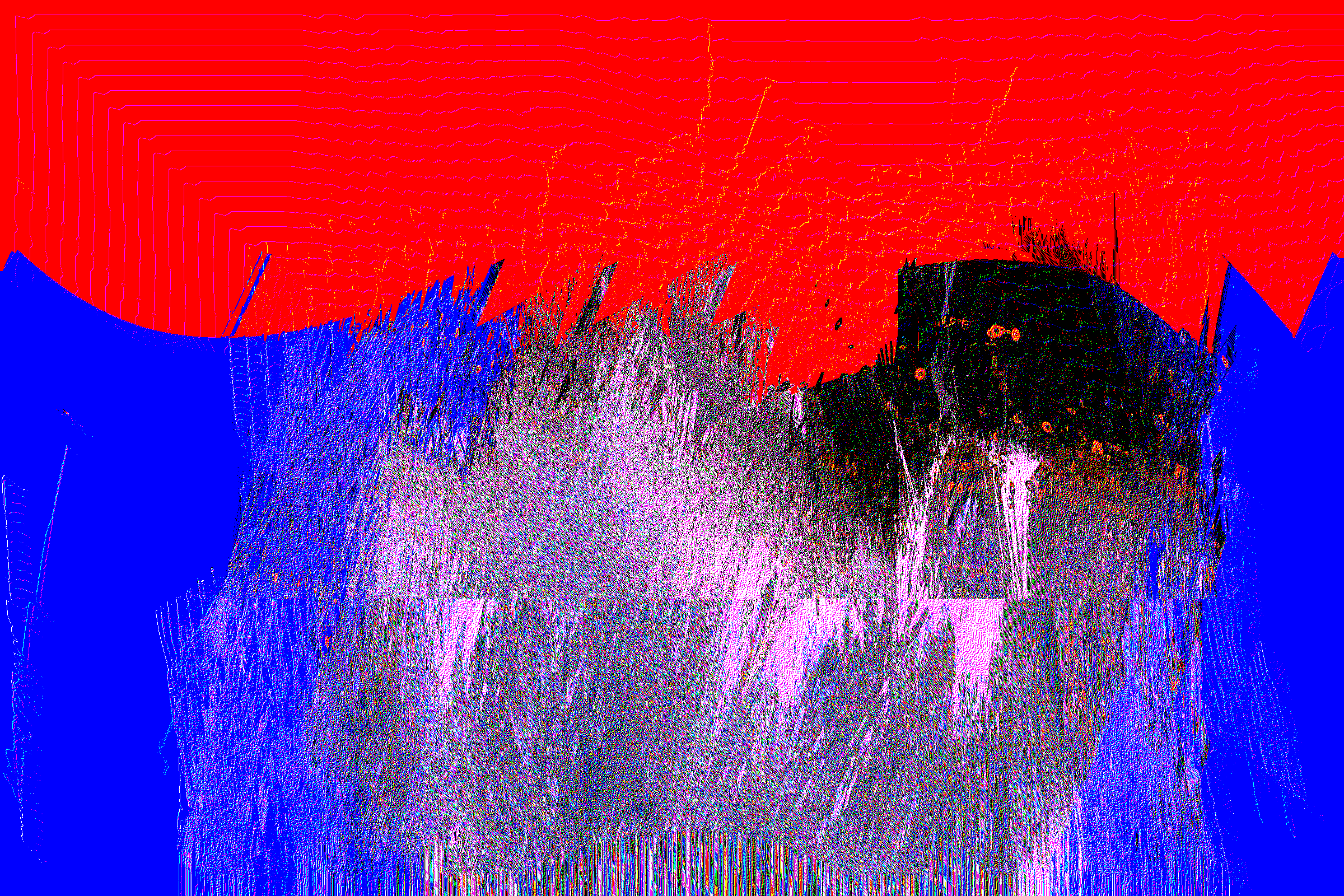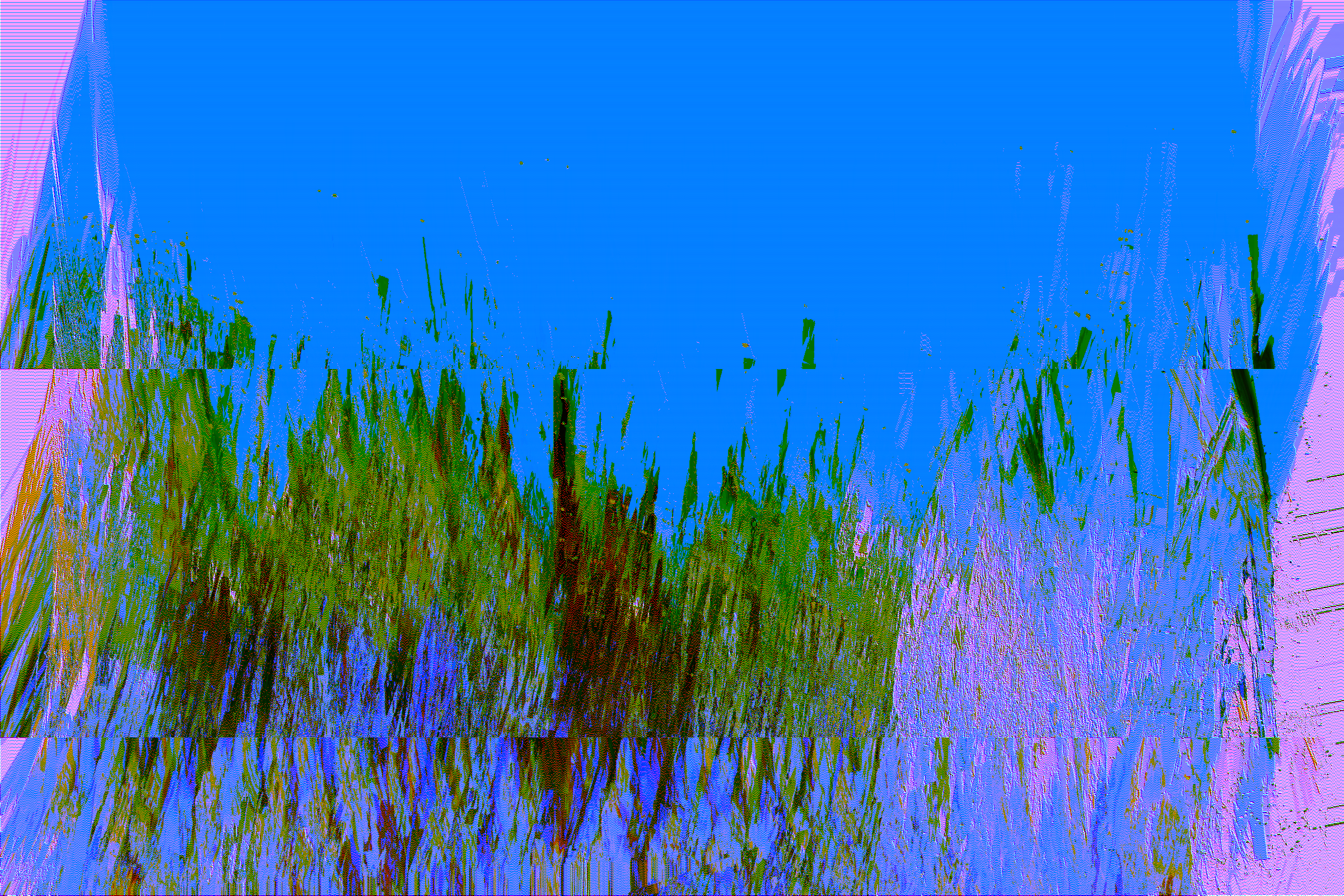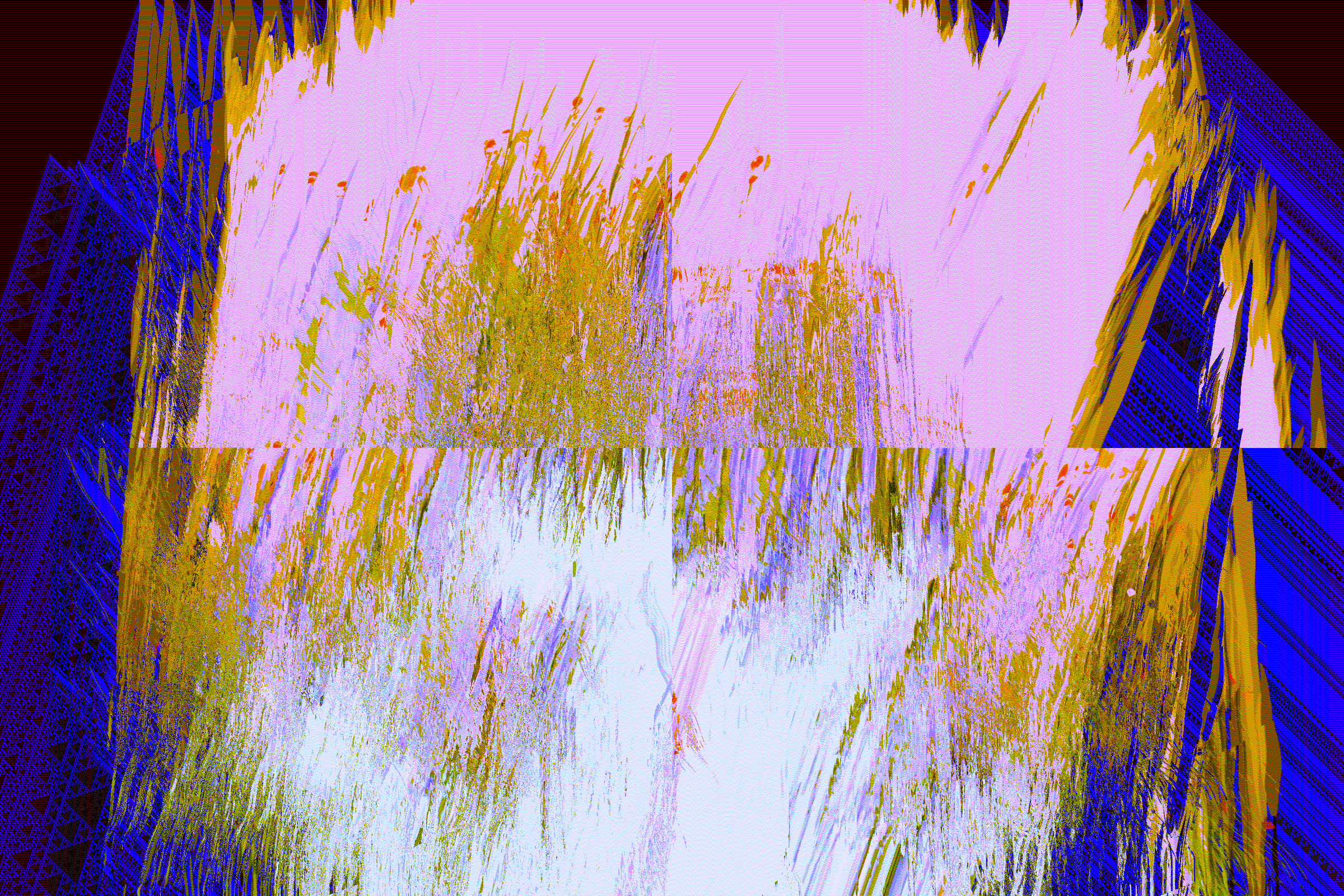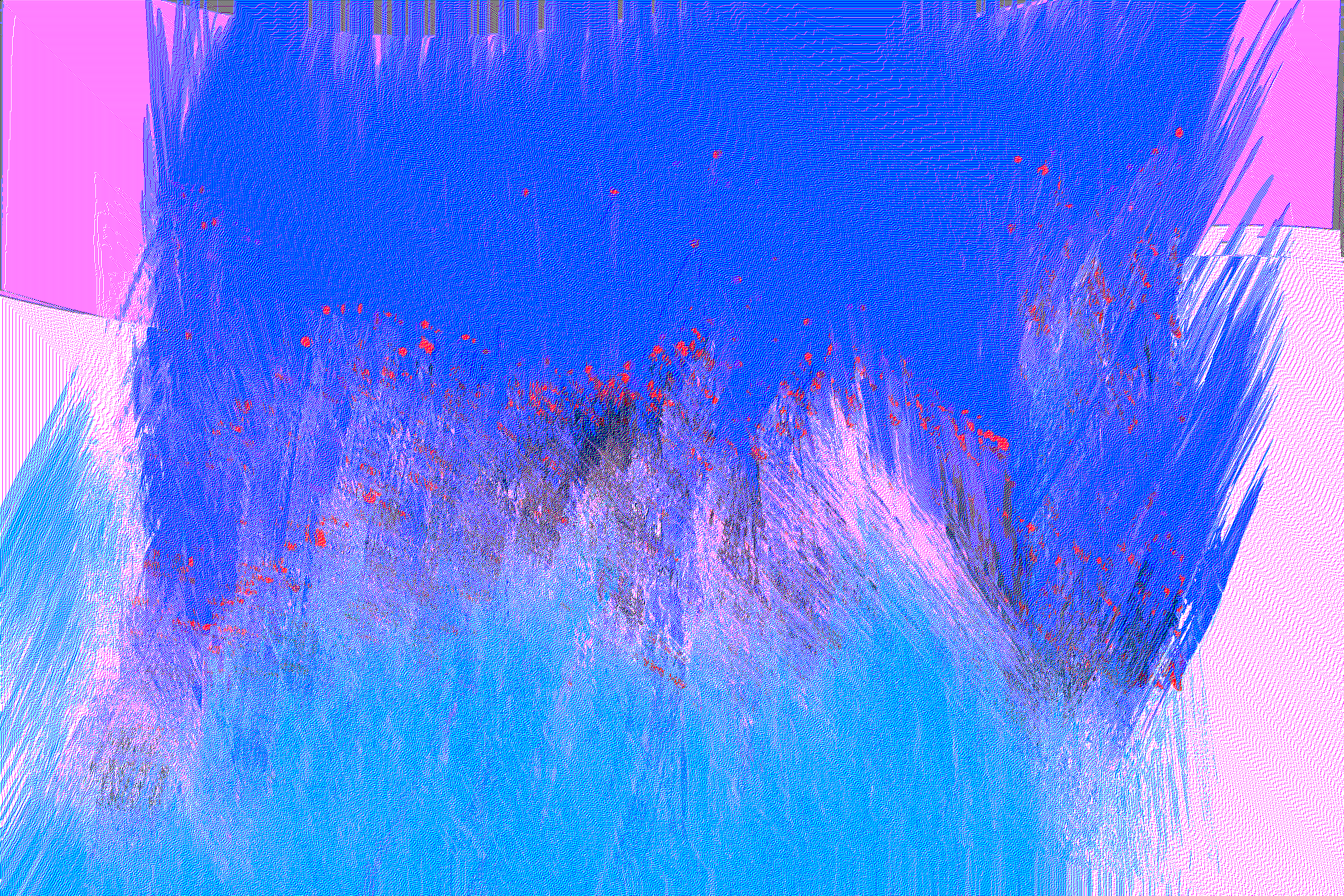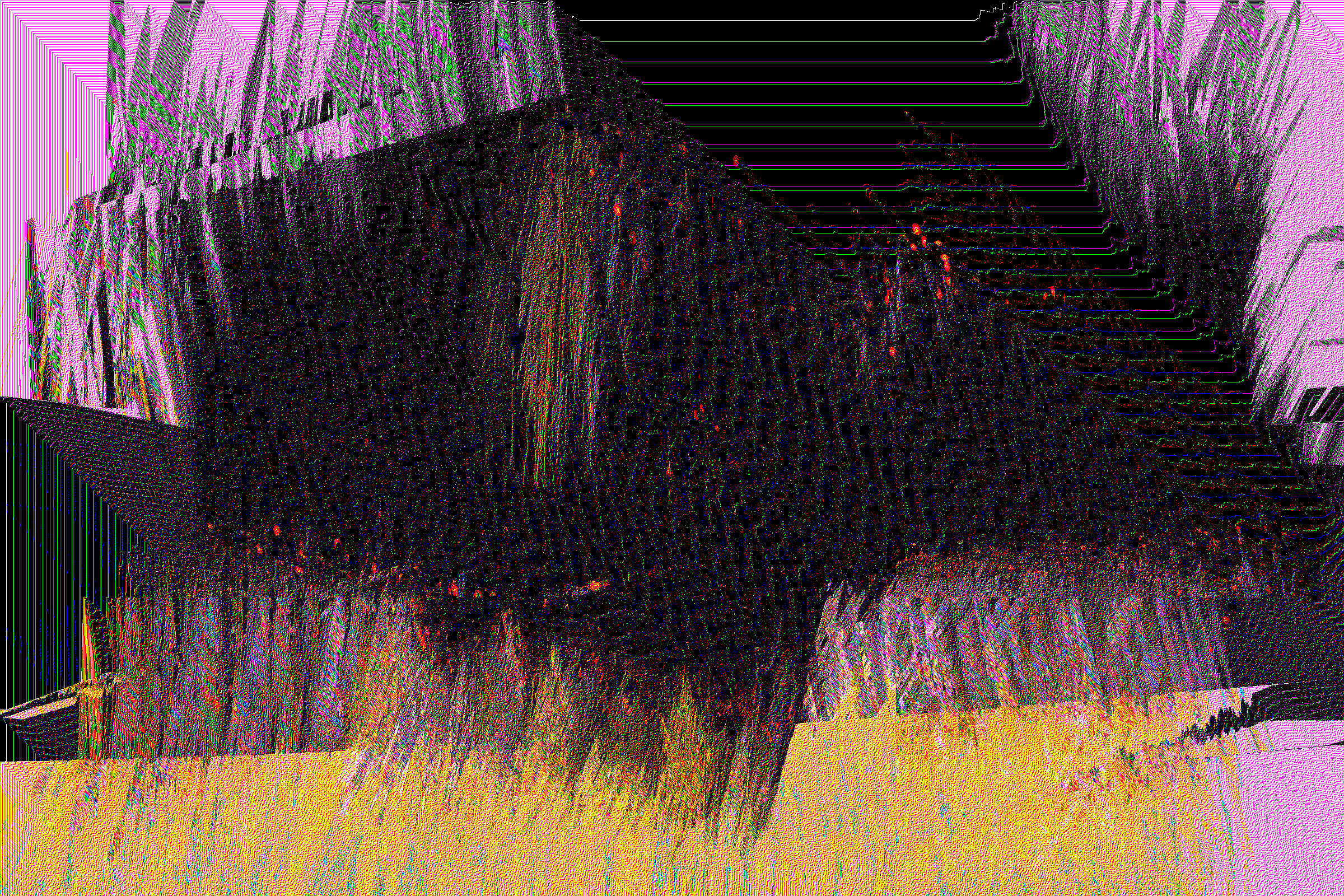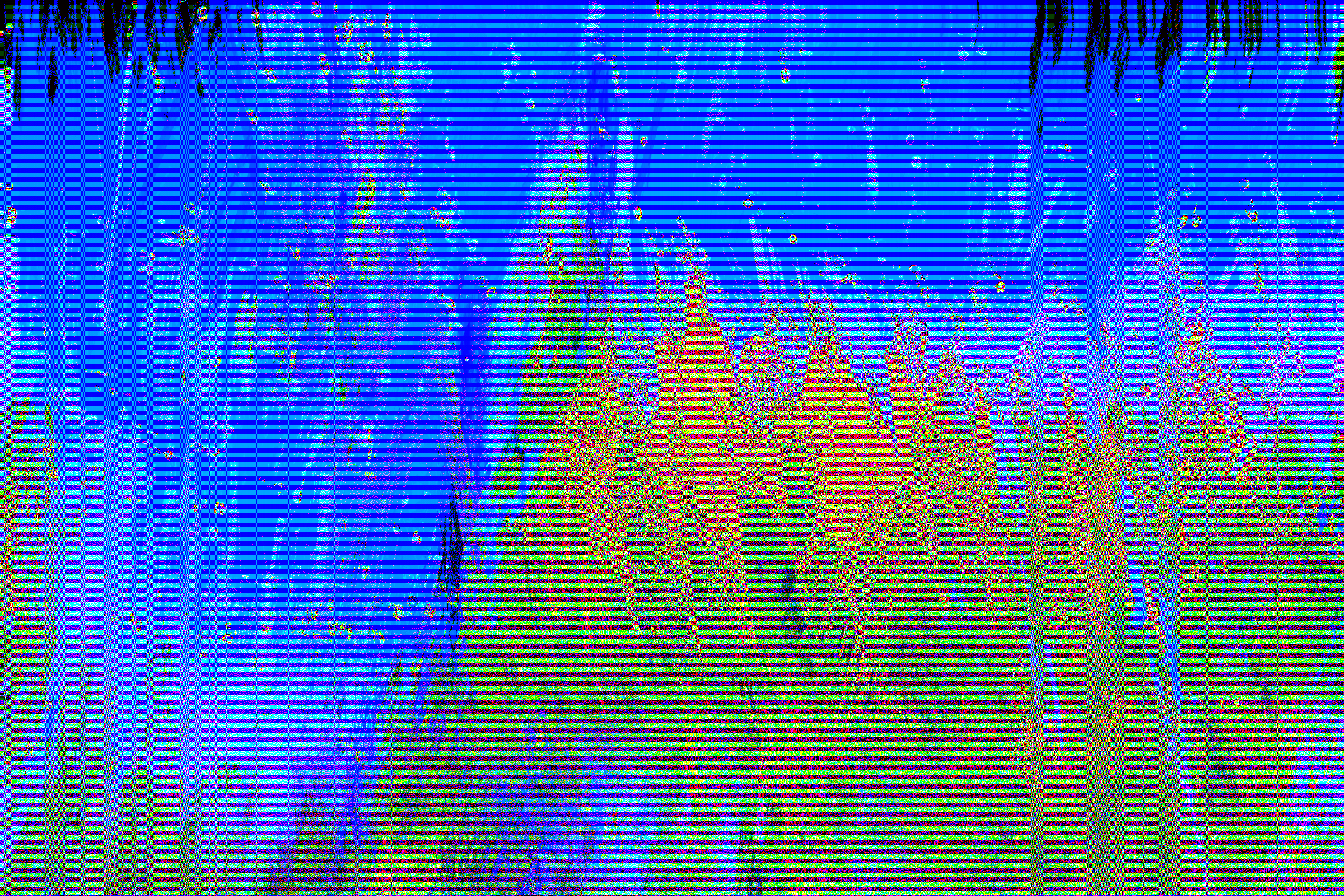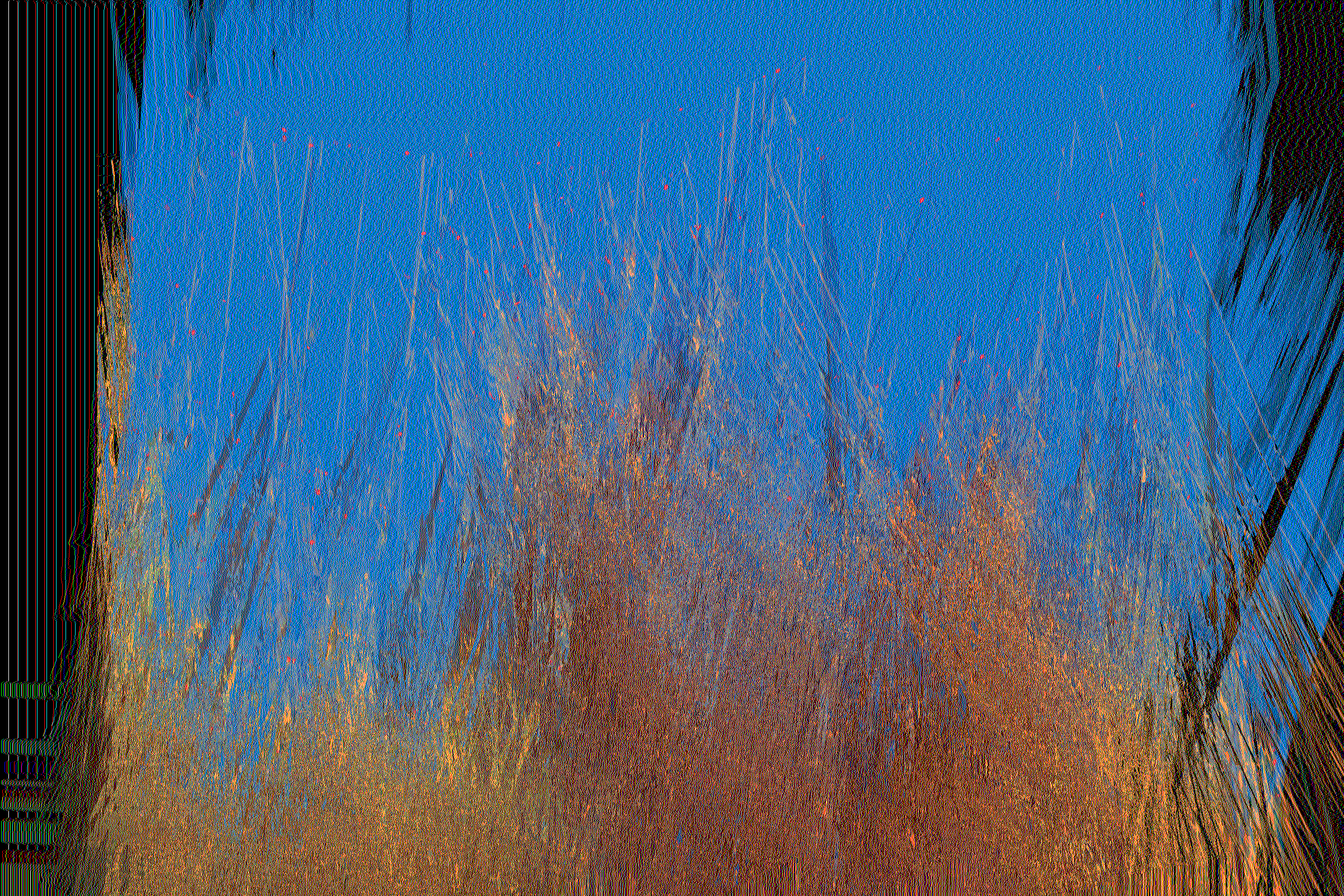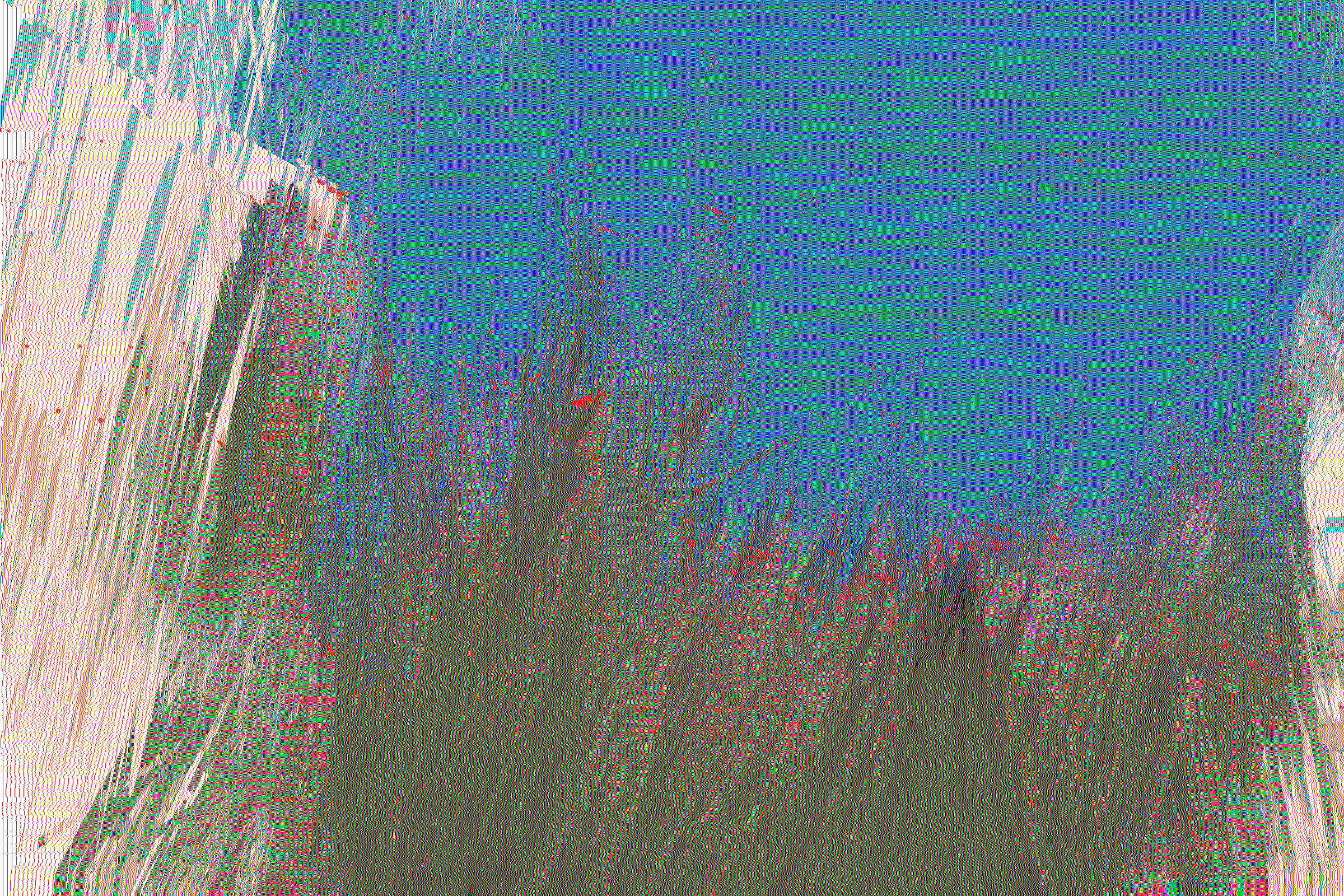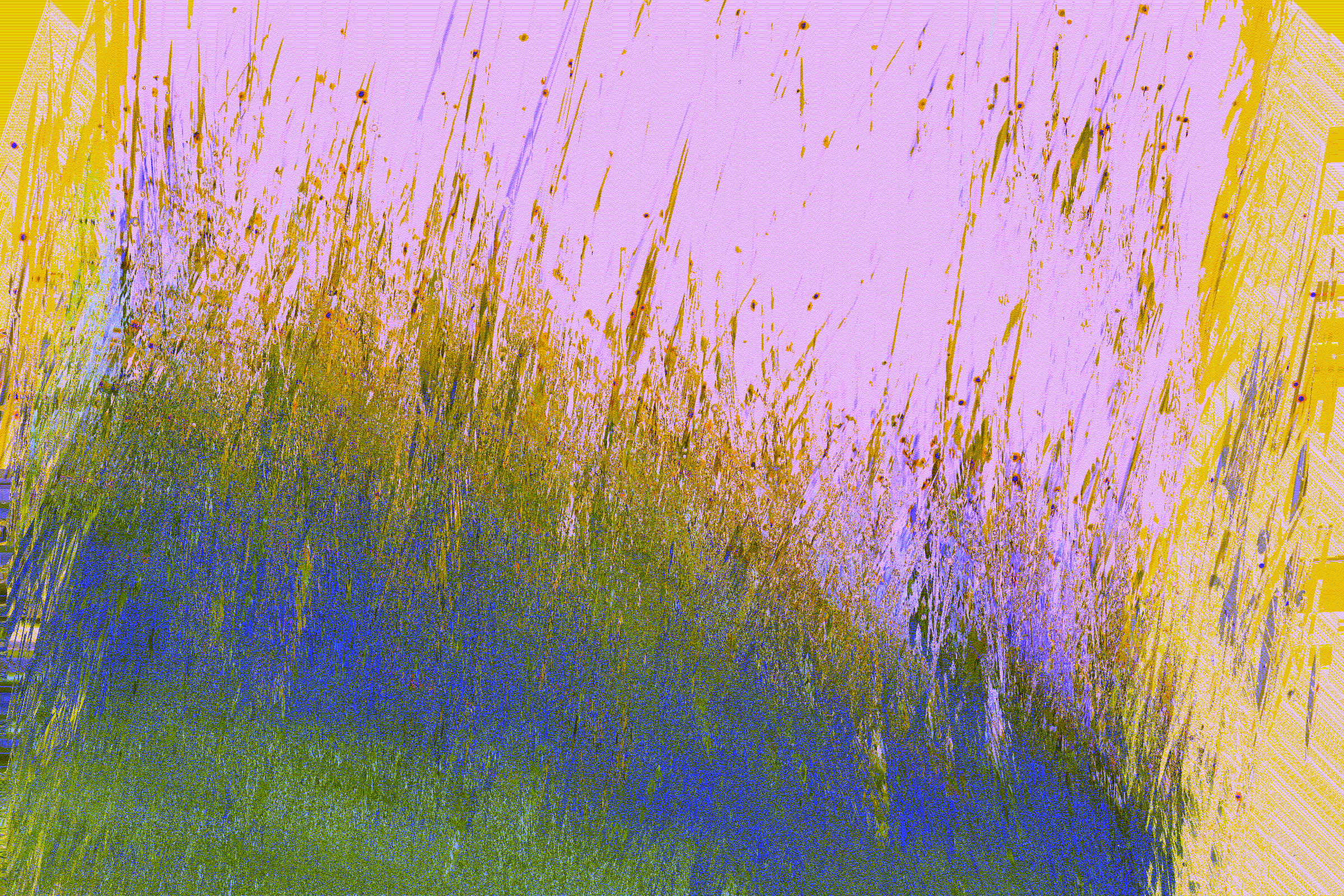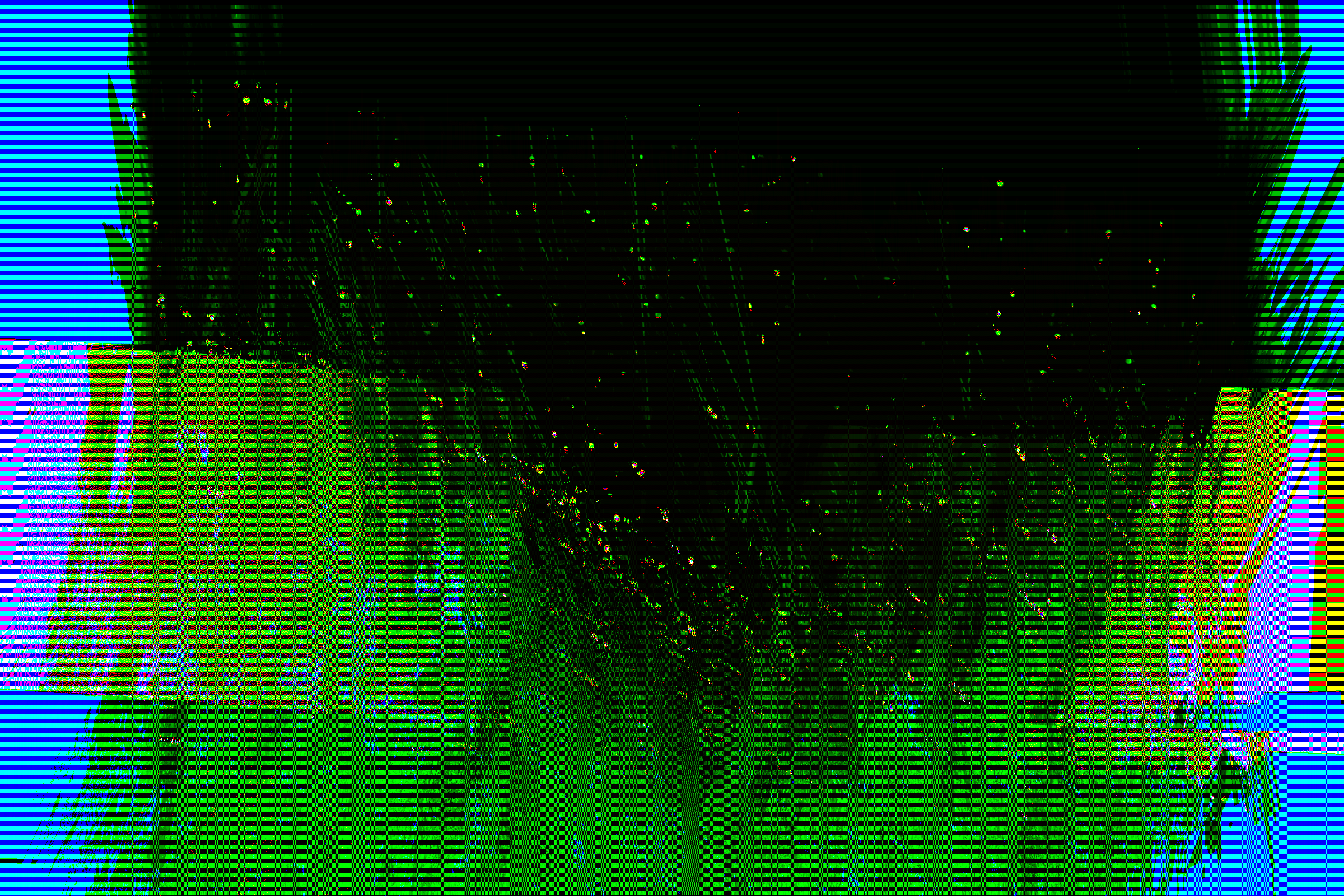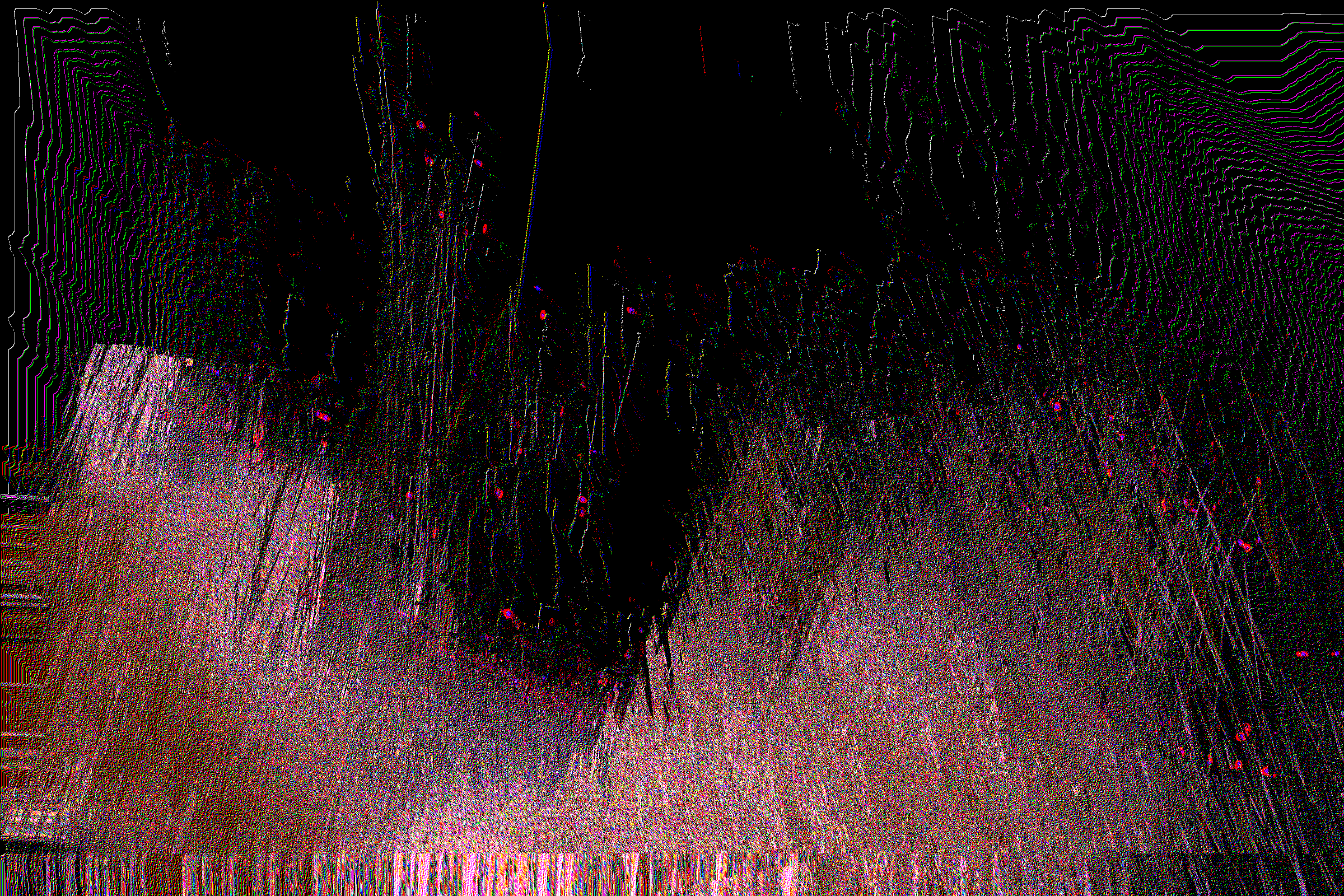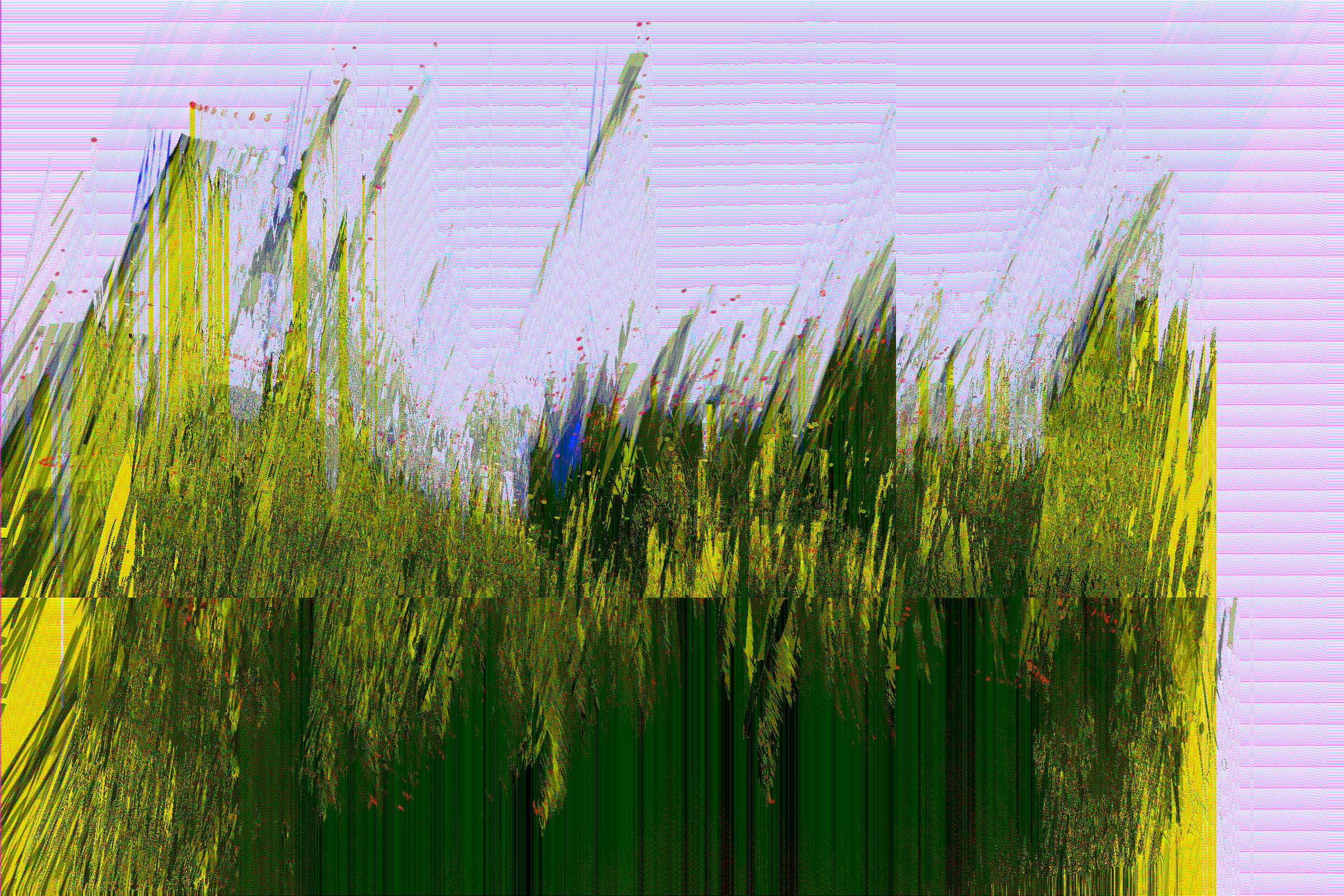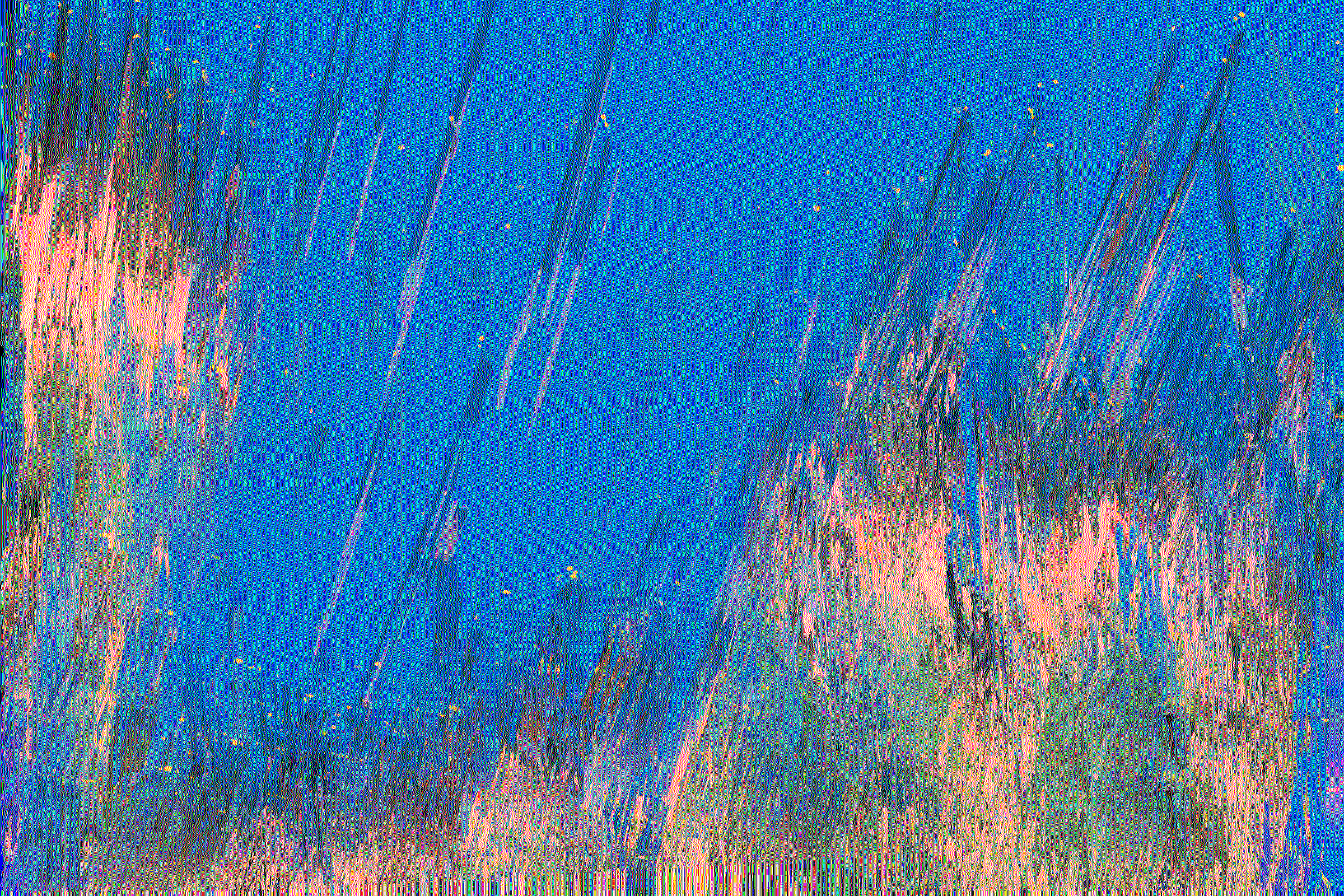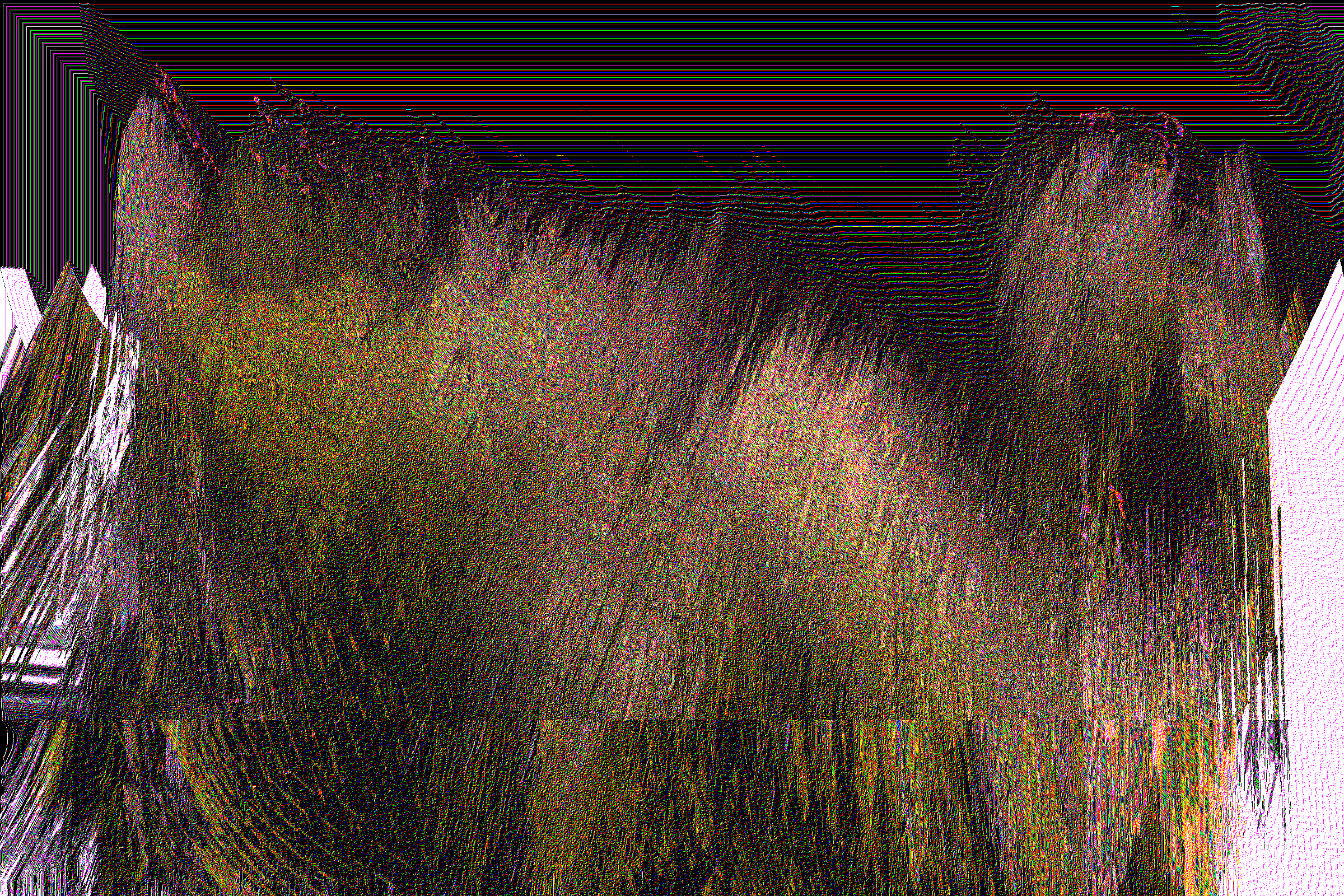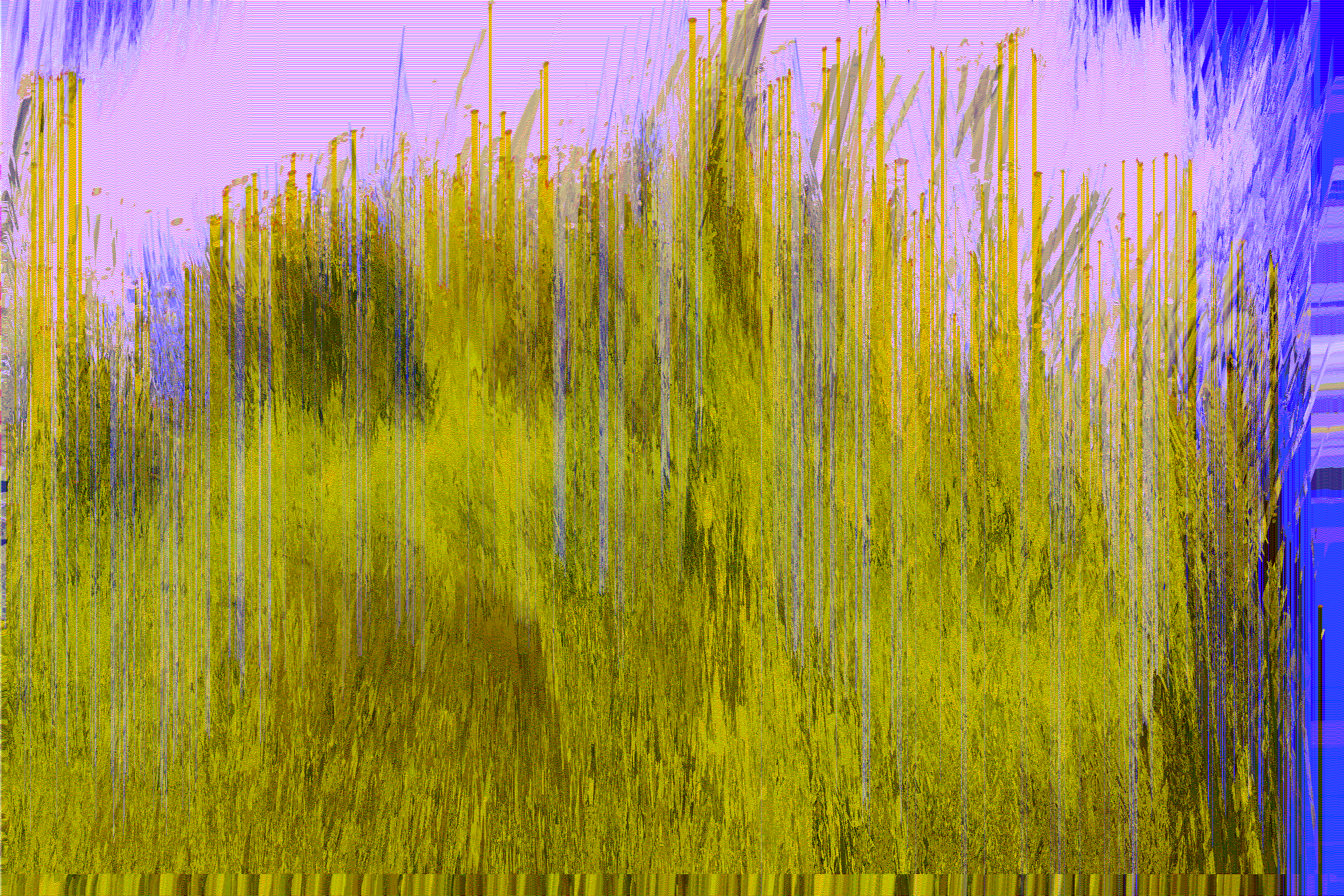Desde Lejos: on-chain abstractions, off-line places
"Desde Lejos" is a series of generative digital paintings that explore the realms of memory and perception. Using nostalgia and pixels to weave digital tapestries, I revisit places and moments now part of my distant past. These fragmented sceneries are my interpretation of the prompt “On-chain, Off-line” for the Bright Moments Buenos Aires collection.
"Desde Lejos" means "From Afar" in Spanish. It symbolises the emotional and temporal distance between the depicted moments and the present. This series emanates from the curiosity to explore how we perceive places from a distance, whether physical or temporal. What we remember is not always an accurate depiction of what truly happened, yet we have these memories, these remnants of moments long gone that have shaped us.
My pursuit of the past and the longing for simpler times perhaps stems from a sense of loss, a yearning to return to an epoch perceived as more innocent and pristine. Though such reminiscences can be dangerous, I channel them reflectively rather than restoratively, creating digital artefacts that serve as symbolic ruins—spaces for contemplation and introspection.
The fascination with these abstract ruins serves as a mirror that facilitates a dialogue between the present and the past. A conduit for exploration that can act as a gateway for viewers to reflect on their pasts and the ever-changing landscapes of their lives.
Each piece in this series is a fragment of a larger, more elusive picture; they are echoes, whispers of places and moments that have left an indelible mark on my soul. I encourage viewers to look beyond the apparent and see the unseen. View each piece not as a static entity but as a dynamic, evolving one that transforms with each viewer's unique perspective, experiences, and interpretations.
In developing "Desde Lejos", I have drawn much inspiration from painters Armando Reverón and Clyfford Still. Reverón, a Venezuelan pioneer of modernist art in the country, is celebrated for his series of landscape paintings and revered for his ability to represent the atmosphere of the coastal landscape of Macuto under the effects of the glare produced by the direct light of the sun. Although my intention isn't to digitally replicate his techniques, revisiting his works this year sparked my desire to craft my landscapes and sceneries in the digital realm. Reverón's influence might not be explicitly evident in the final artworks, but his essence was the catalyst for this series.
Having spent two-thirds of my life in Venezuela, now distanced by time and geography, I yearn to reconnect with and honour those formative years through my art. My series is a visual homage to the lush landscapes of Montalbán, a small rural town in Carabobo, Venezuela, where I spent a substantial part of my life. Living on a farm, secluded in nature, surrounded by mountains and valleys and exposed to a myriad of natural colours and lights, lay the moments and scenes I long to recreate through my computer-made art.
Desde Lejos, sample dev output, 2023
Desde Lejos, sample dev output, 2023
Desde Lejos, sample dev output, 2023
Desde Lejos, sample dev output, 2023
Desde Lejos, sample dev output, 2023
Desde Lejos, sample dev output, 2023
Bucarito, Montalbán, Venezuela
Bucarito, Montalbán, Venezuela
Bucarito, Montalbán, Venezuela
Bucarito, Montalbán, Venezuela
Bucarito, Montalbán, Venezuela
Bucarito, Montalbán, Venezuela
Bucarito, Montalbán, Venezuela
Bucarito, Montalbán, Venezuela
Montero, Montalbán, Venezuela
Thomas Noya, Untitled, 1999
Armando Reverón, Landscape, 1922
Armando Reverón, Coconut trees on the Beach, 1926
Armando Reverón, White Landscape, 1940
Aziz + Cucher, The Visitor, 2017, Cotton and wool Jacquard Tapestry
Aziz + Cucher, The Road, 2017, Cotton and wool Jacquard Tapestry
How it works
In simple terms, "Desde Lejos" is a particle system with some added image processing. I orchestrated the creation of these generative digital paintings using a Boids program, a simplistic form of artificial intelligence developed by Craig Reynolds in 1986 to emulate the flocking behaviours of birds. By assigning each Boid specific geometries—ellipses, rectangles, lines, and triangles—the flocking particles move around the canvas, weaving together the various compositions that form this series.
I spent months meticulously experimenting and refining the colour palettes. What I have titled as the "main shape" uses a simple RGB cycling method, while the accent shapes utilise set colours. Dithering, introduced at the final rendering stage, alters the colours used during the drawing. As such, each dithering style has a curated selection of colours tailored explicitly for it.
As particles weave the canvas, they undergo visual distortion and displacement by three distinct shaders, which assist in achieving a less precise, more organic distribution of shapes across the canvas. Once the flocking algorithm has drawn the particles, CPU-based dithering, inspired by the Floyd-Steinberg method, introduces error dispersion, enhancing the visual texture and depth of the pieces.
My interest in drawing with Boids started in the summer of 2021 when I was creating daily p5.js sketches, a practice born out of a desire to maintain my basic creative coding skills. These initial outputs, despite their primitive nature, captured my attention with their potential, inspiring further exploration one year later in my Tender collaboration for fx(hash) titled "a fortiori," where we used flocking algorithms to make generative abstract expressionist artworks. The particles in "a fortiori" are guided through the canvas with almost hand-gestural movements, resulting in works that, although made by computers using hundreds of thousands of tiny polygons, feel and look imprecise and human.
My exploration into layering extensive quantities of small polygons to create elaborate compositions began with the fx(hash) series "RTX". It evolved into subsequent series such as "THE400FLIPS" and "Tears in Rain." One of my favourite aspects of computer-based generative art is the possibility to leverage the power of computers to make what otherwise would be painful and take forever to do by hand, such as layering vast numbers of tiny shapes to form bigger creations.
My affinity for dithering algorithms emerged at the close of 2021, driven by a desire for aesthetic nostalgia and an interest in distorting AI outputs. Back then, I felt dissatisfied with the prevailing raw AI aesthetic and the discourse surrounding it (at least on social media). I wanted to develop interesting ways to distort AI raw outputs to the point where the AI part could not be easily recognisable anymore. I wanted to add some grunge to the prevailing artificial-looking digital softness and comment that AI was just another tool. It did not have to be the defining factor of an artwork. I explored various distortion techniques across several workflows. One of them was dithering. I immediately fell in love. It became part of me. This led to the start of the "HX-1" series, a series that explored the glitching of StyleGAN2 seeds via dithering. This body of work culminated in February of 2023 with "THX-1."
The integration of particles and dithering in "Desde Lejos" evokes visual comparisons to different mediums and influences, intentional and unintentional, from the woven intricacies of tapestries to the pixelated charm of Game Boy games. These intertwined personal memories, historical references, and subconscious influences create a multi-layered experience that embodies the series' theme of perceiving places and moments from afar.
1: Visualise Boids
2: Add trails
3: Draw main shapes
4: Add accent shapes
5: Apply distortion shaders
6: Dither
Final image

